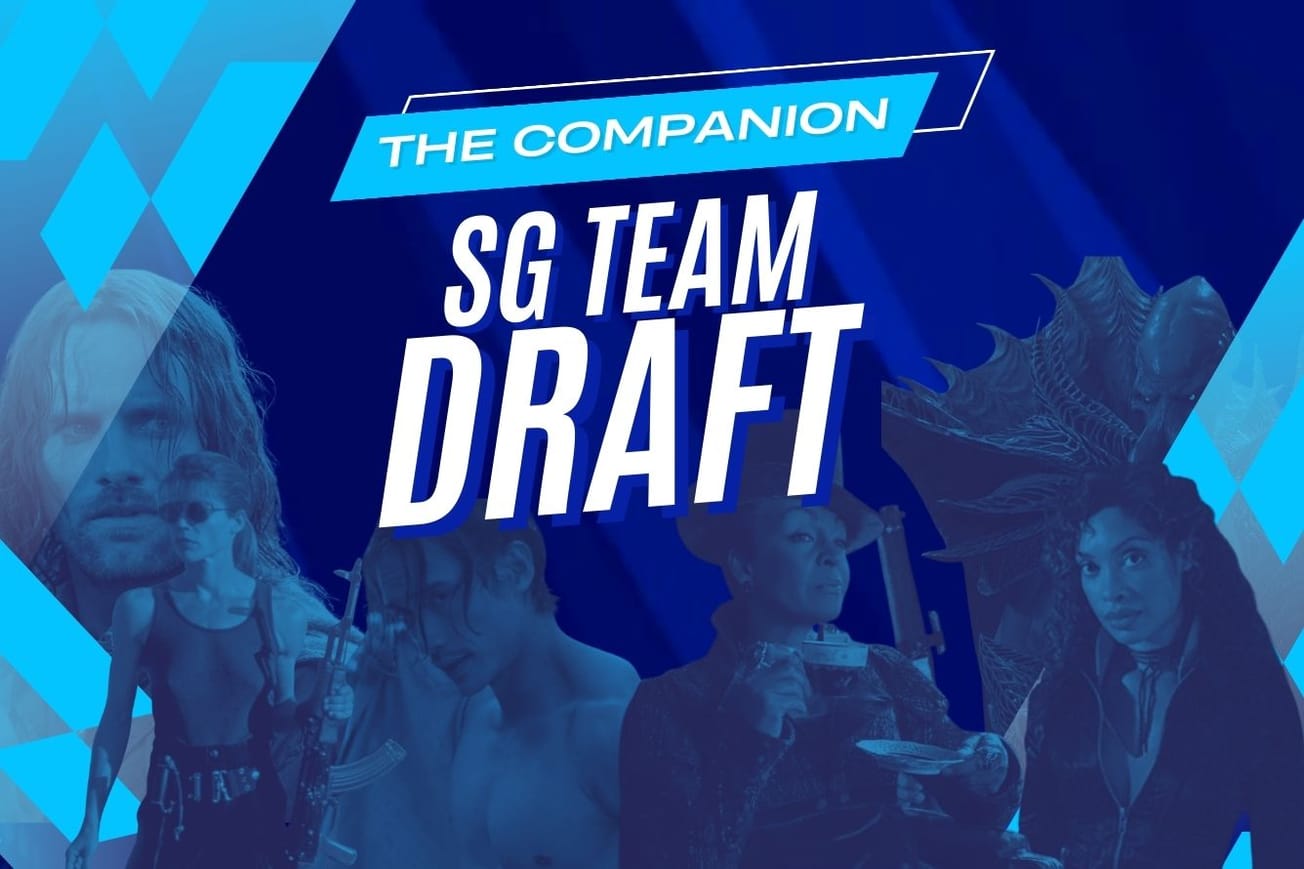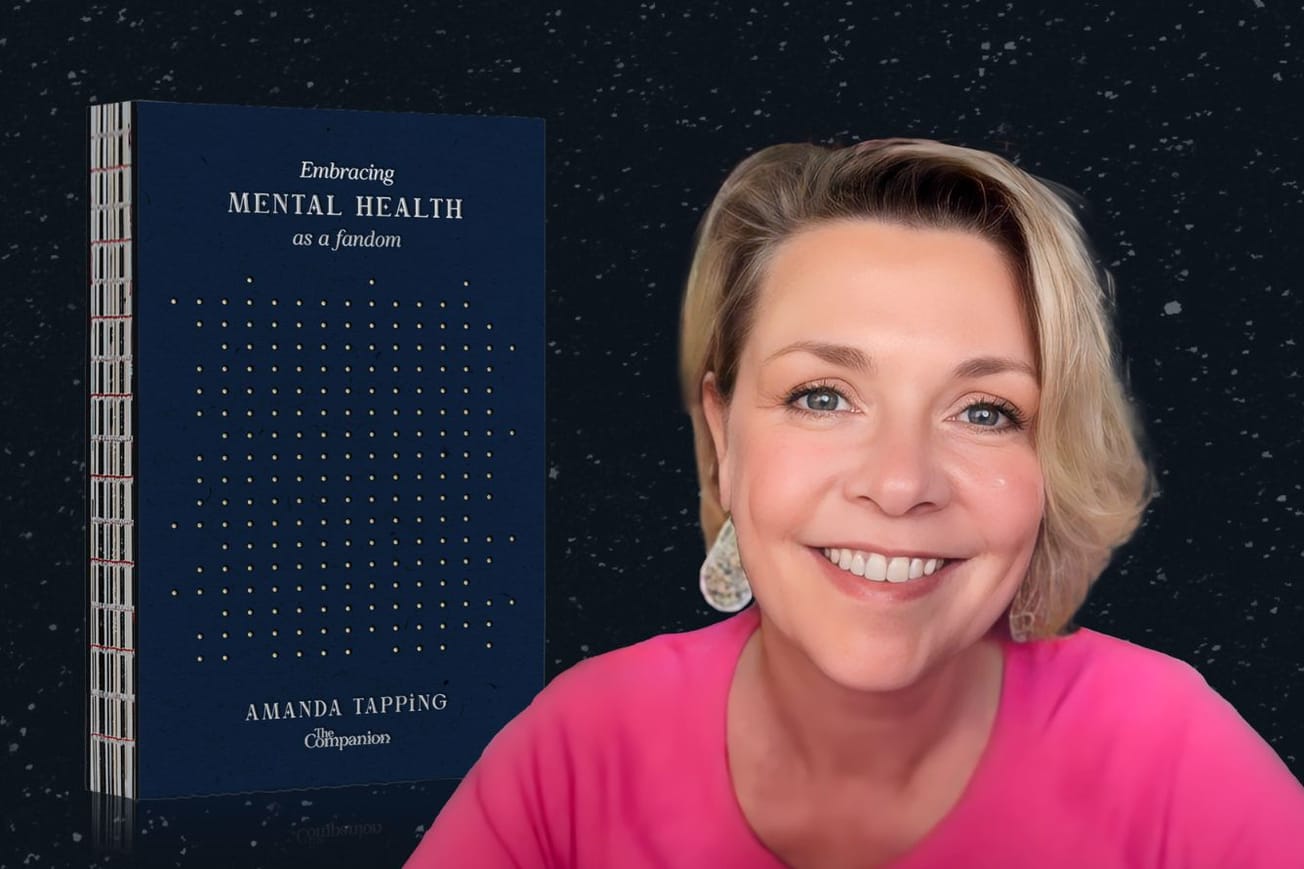If you’ve watched an American genre TV show made in the last 30 years, there’s a good chance you’ve seen the ingenious work of John Gajdecki. His work as a visual effect supervisor stretches from 1988’s Friday the 13th: The Series all the way through to 2021’s Superman and Lois, via a trip to the big screen for cult horrors like James Gunn’s Slither (2009) and Joe Dante’s The Hole (2009).
And then there’s Stargate SG-1 – a journey that began in Six Degrees of Kevin Bacon sort of way with William Shatner’s series of (ghostwritten) TekWar novels and the notoriously naff TV show it inspired.
“I did a show called TekWar with William Shatner,” explains Gajdecki, “who I got to know quite well. We worked really hard together for several years. And then I was invited to go to Vancouver to work on Outer Limits by the same producers who did TekWar. Basically, MGM was doing The Outer Limits, they were doing it in partnership with a company called Atlantis [Films Ltd.]. Atlantis said, ‘Well, there’s this guy named Gajdecki who did our effects on TekWar, and we think you should talk to him.’ So they got me on, on Outer Limits, which I did for two years, and then left. And then we went off to do Stargate.”
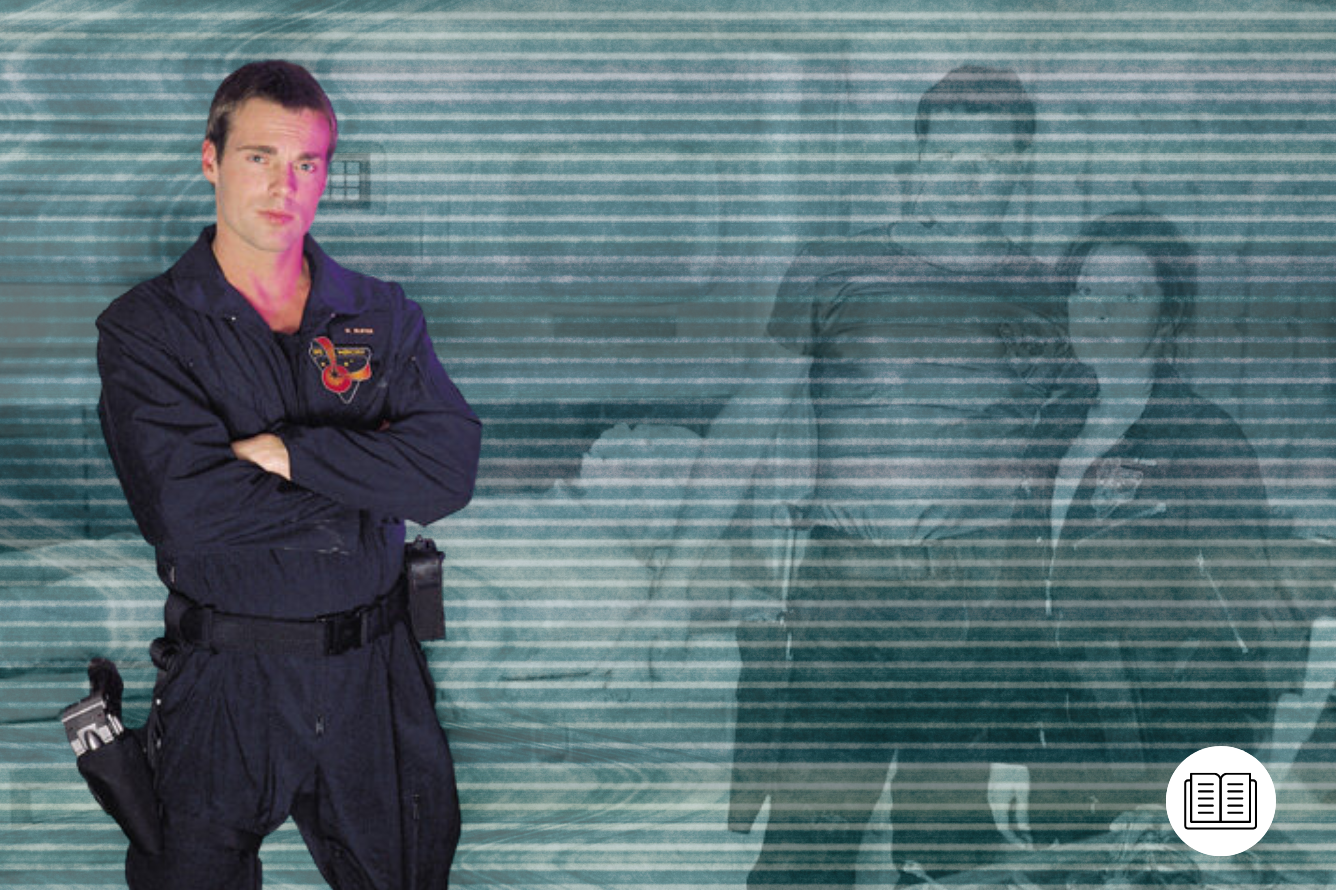
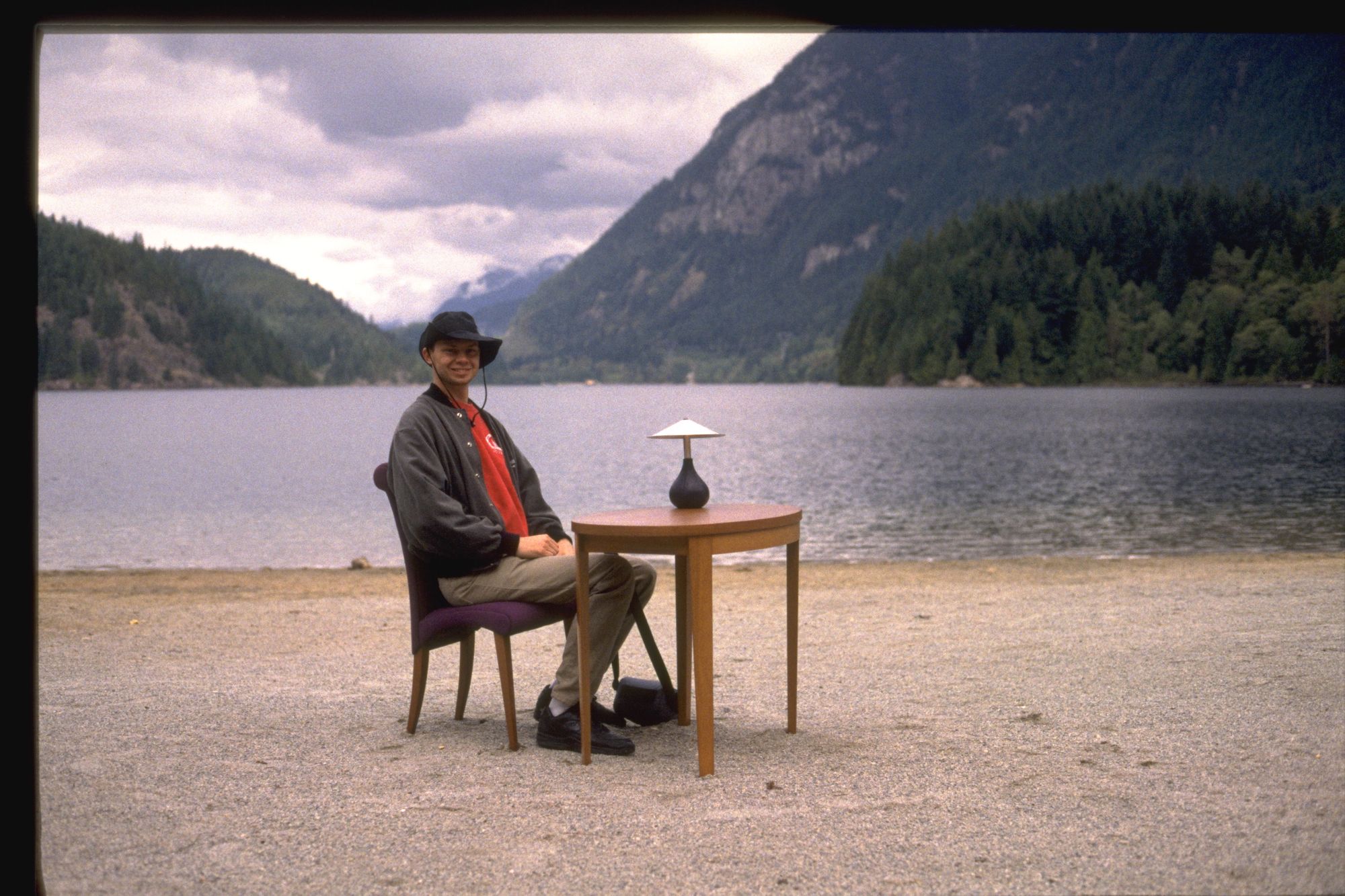
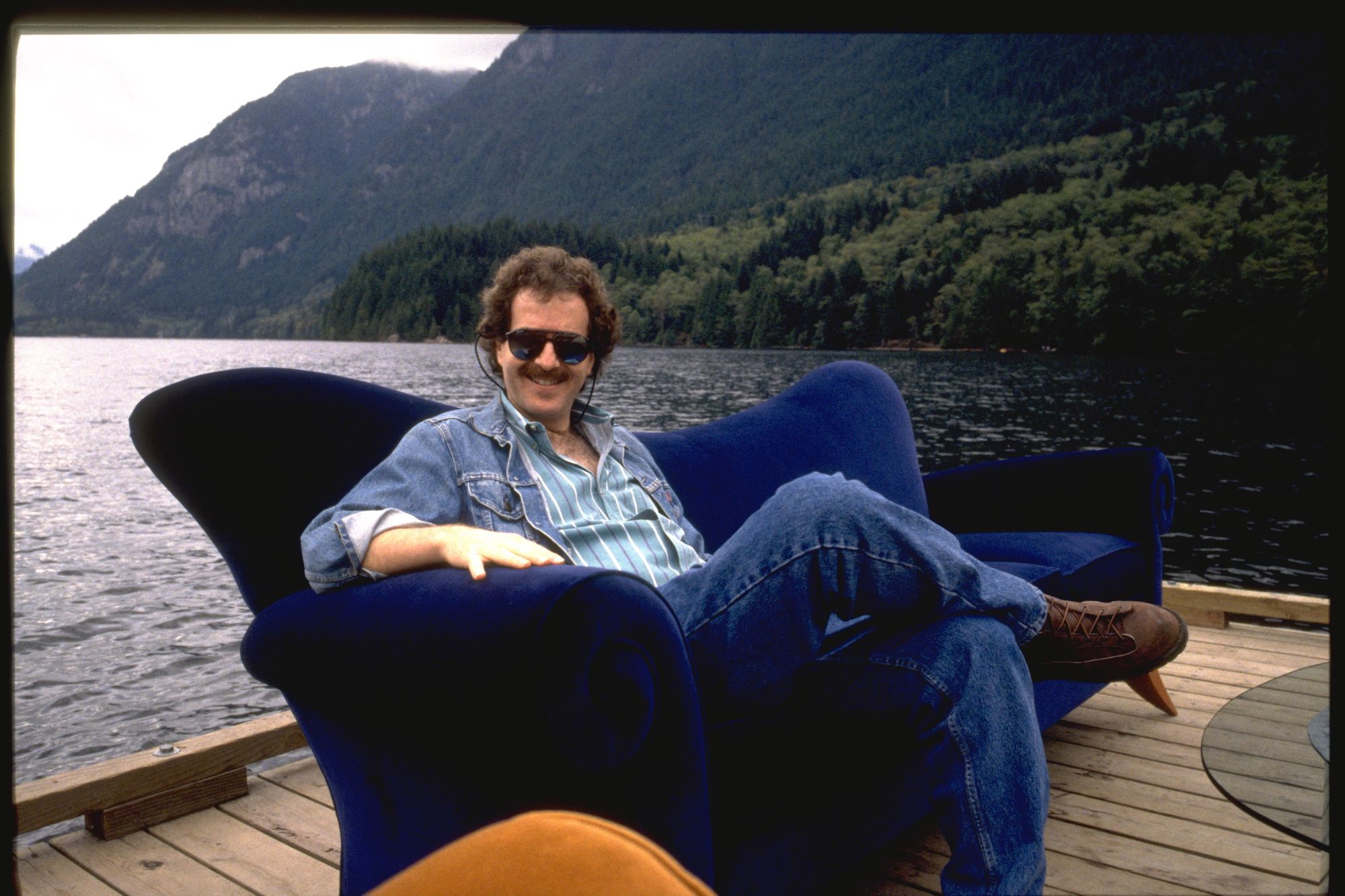
Gajdecki was one of the first visual effects supervisors for what would become a decades-long wave of genre show shooting in Canada. He’s both worked on a ton of them and defined a lot of the visual grammar for modern genre TV. John’s work is defined by his enthusiasm and his attention to detail and there’s no better example of that than in the challenges he faced helping transfer 1994’s visually striking Stargate movie from the big screen to the small for its first two seasons.
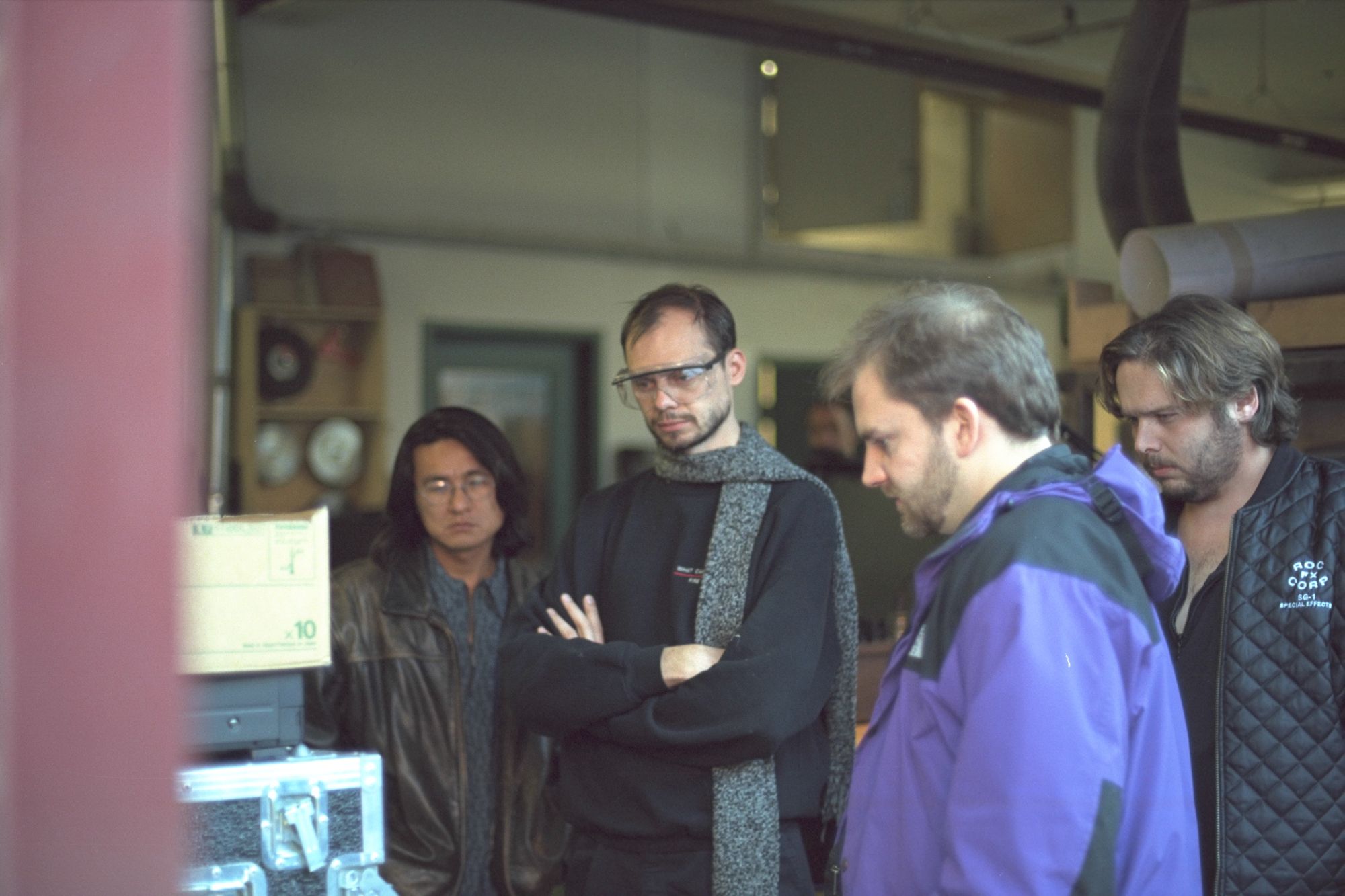
Like many VFX veterans who began their careers in the analog world, Gajdecki is also a keen scale modeler. As we caught up with him over Zoom at the start of the pandemic, our eyes are instantly drawn to a newly constructed Eagle Lander from Gerry Anderson’s dystopian ’70s series Space: 1999.
“It’s probably the show that got me into visual effects,” Gajdecki enthuses. “It’s actually one of the best-looking spaceships that have been created for some kind of drama. There’s actually an interesting story with respect to Star Wars because the Eagle had come out and Space: 1999 [first aired] a couple of years before Star Wars came out. The original design for the Millennium Falcon was very, very similar. It was really the Blockade Runner at the beginning [of A New Hope] with that nose. And they said, ‘Well, that’s too much like Space: 1999.’ And then they came up with the absolutely perfect almost-circular form.
“Space: 1999 is where I realized as a kid: those are models. I build models. I can do this for a living.”
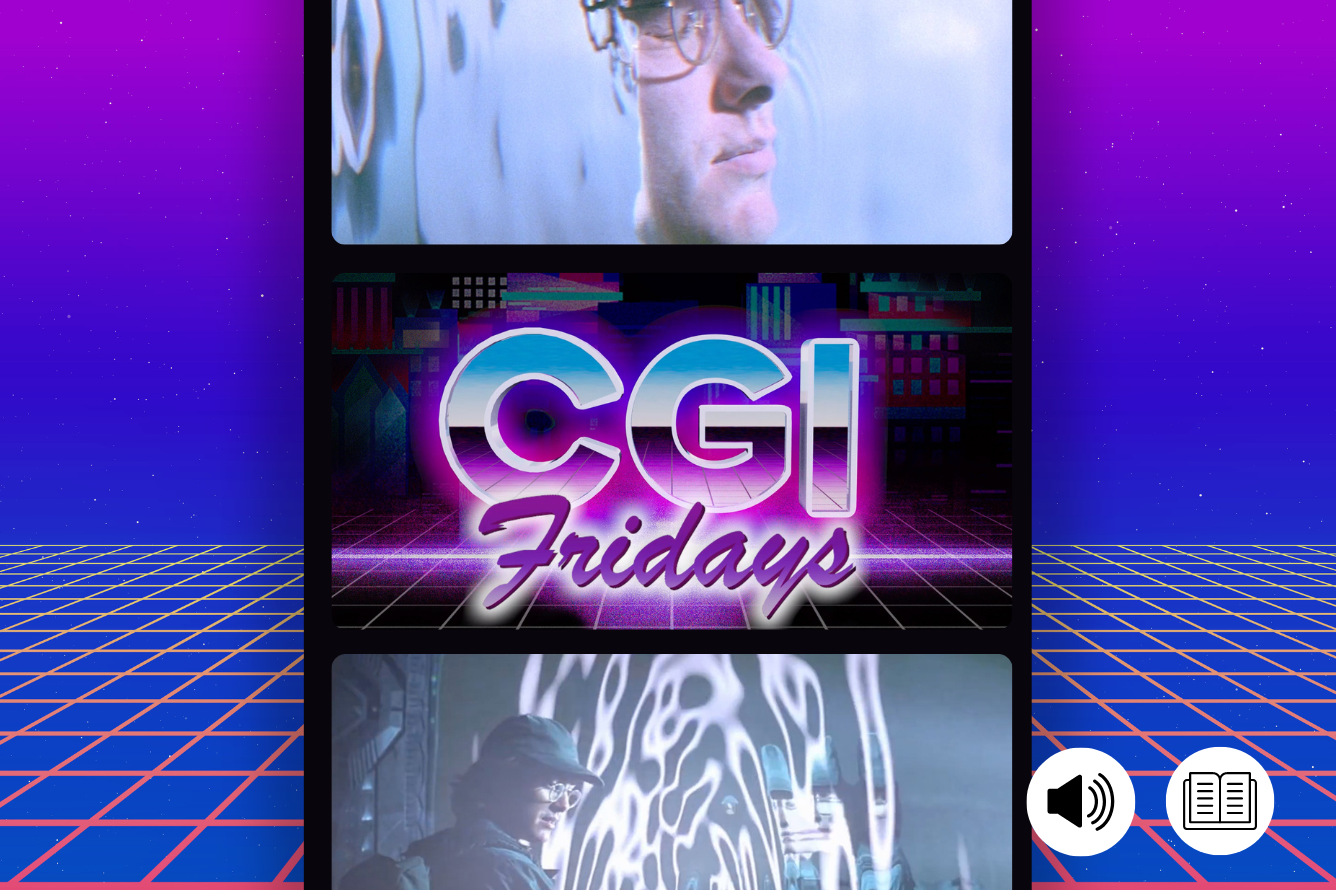
Recreating the Kawoosh for Stargate SG-1
When you think of the Stargate movie you think of James Spader’s fantastic mop of hair and Kurt Russell’s first real experimentation with being grim, dutiful, and tragic, but then your mind goes to that simpler place: Space! Pyramids! and Space Gods! And then kawoosh! – the noise of the Stargate’s unique, liquid effect made as it activated. It’s iconic, it’s weird and John and his crew had to not only recreate it on a TV budget but do so weekly, at the same time as not contradicting the movie or alienating an element of the still-nascent Stargate SG-1 fandom.
“I remember watching the film,” recalls Gajdecki, “and being amazed by the visual effects – you know, that’s kind of my shtick. And just looking at what they did and seeing the… what we ended up calling the kawoosh when the water came out and the Gate activated, that was really something. How did they do that? It looks so real. But it has to be CG, because everything is CG. And as we did the research, of course, it wasn’t [CG] – they shot it in a big water tank. And we did ours exactly the same way.”
That research was helped immeasurably by coverage of Stargate in the VFX industry’s house journal, Cinefex. Armed with behind-the-scenes photos and grace notes of how the kawoosh was achieved Gajdecki Visual Effects set about recreating the set-up in their Toronto workshop.
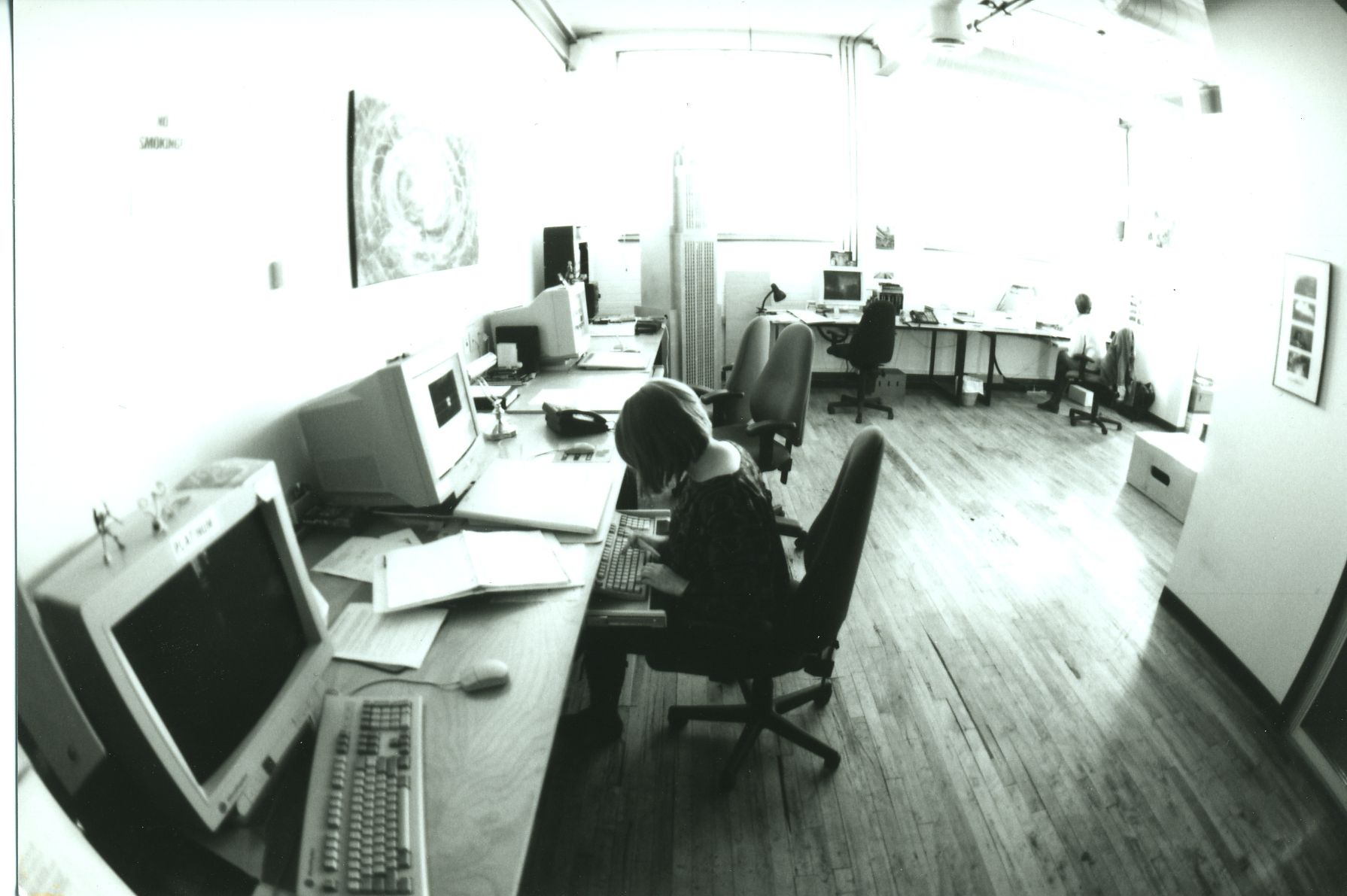
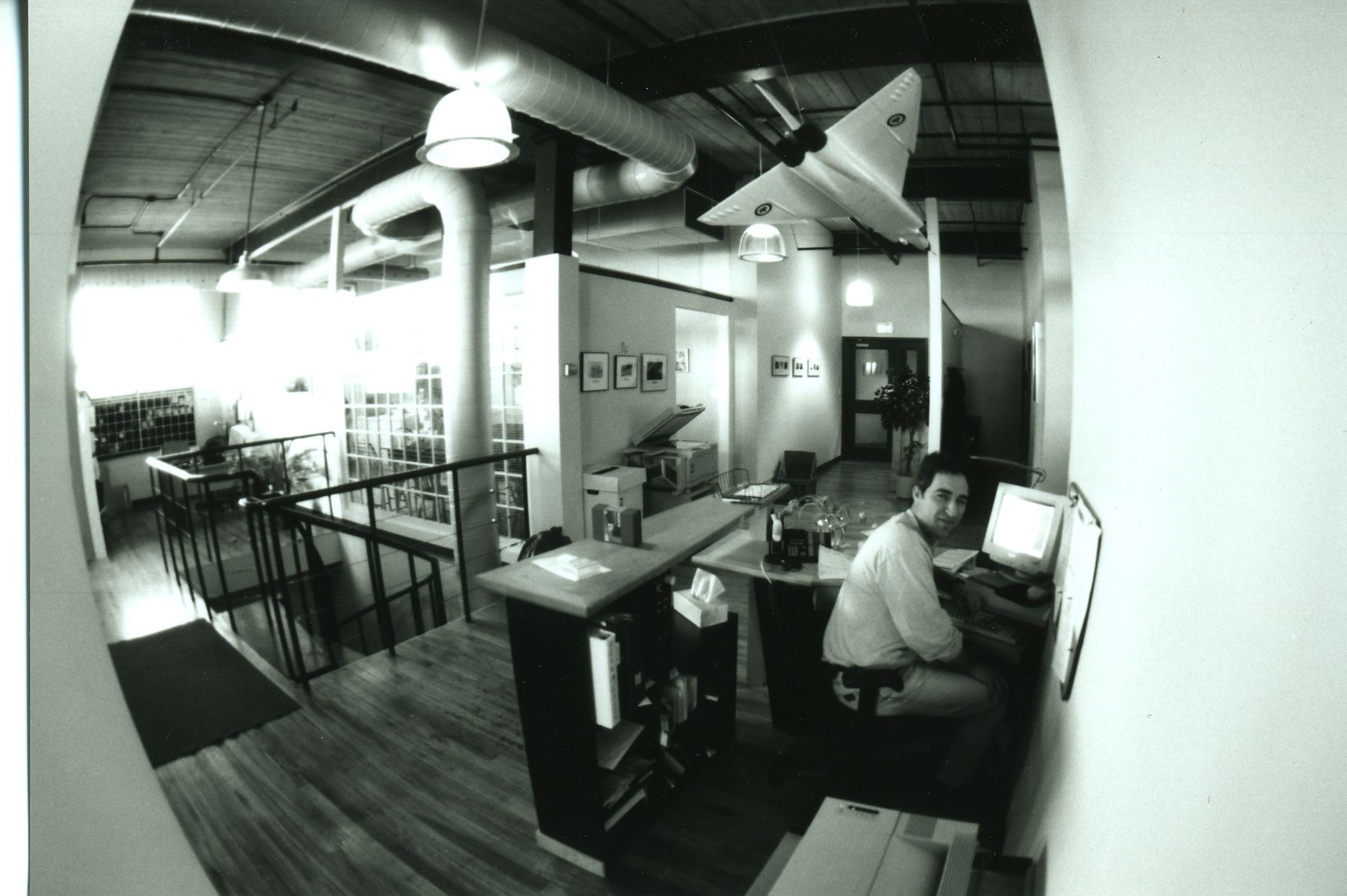
“We had a cloud tank that we bought, but it was just small. So we actually ordered a special one for the show, and it was one meter by one meter by one meter. Now if you know your metric system, that’s the definition of one metric tonne – so we built this thing and we had to reinforce the floor.”
A 35mm high-speed camera was set up along the same plane as the corresponding shot of the Gate so that the effect could be matched to the scene (which was shot on a green screen background on rollers that could be pulled back and forth along the back wall of the Gate Room). Then Pete Edmonds (“Who could make anything blow up, but always with such art.”) fired the air cannon into the tank.
“One thing that Cinefex magazine didn’t tell us was how much air pressure to use,” admits Gajdecki. “We set the pressure to, uh, probably like 50 pounds. So, we roll the camera at 120 frames per second, and the water is as flat as we can make it, you push the button and it just lets the air go down a tube right into the water. Well, as it turns out they used about 5lbs or 10lbs [in the film] so 50lbs just emptied the tank everywhere!”’
According to Jeff Kleiser, it was closer to 1lb of pressure for the movie but the point stands – even a little is too much when you’re filming your first kawoosh.
“It was spectacularly cool: Okay – fill it back up, everybody dry off, and we’re going to try it again!”
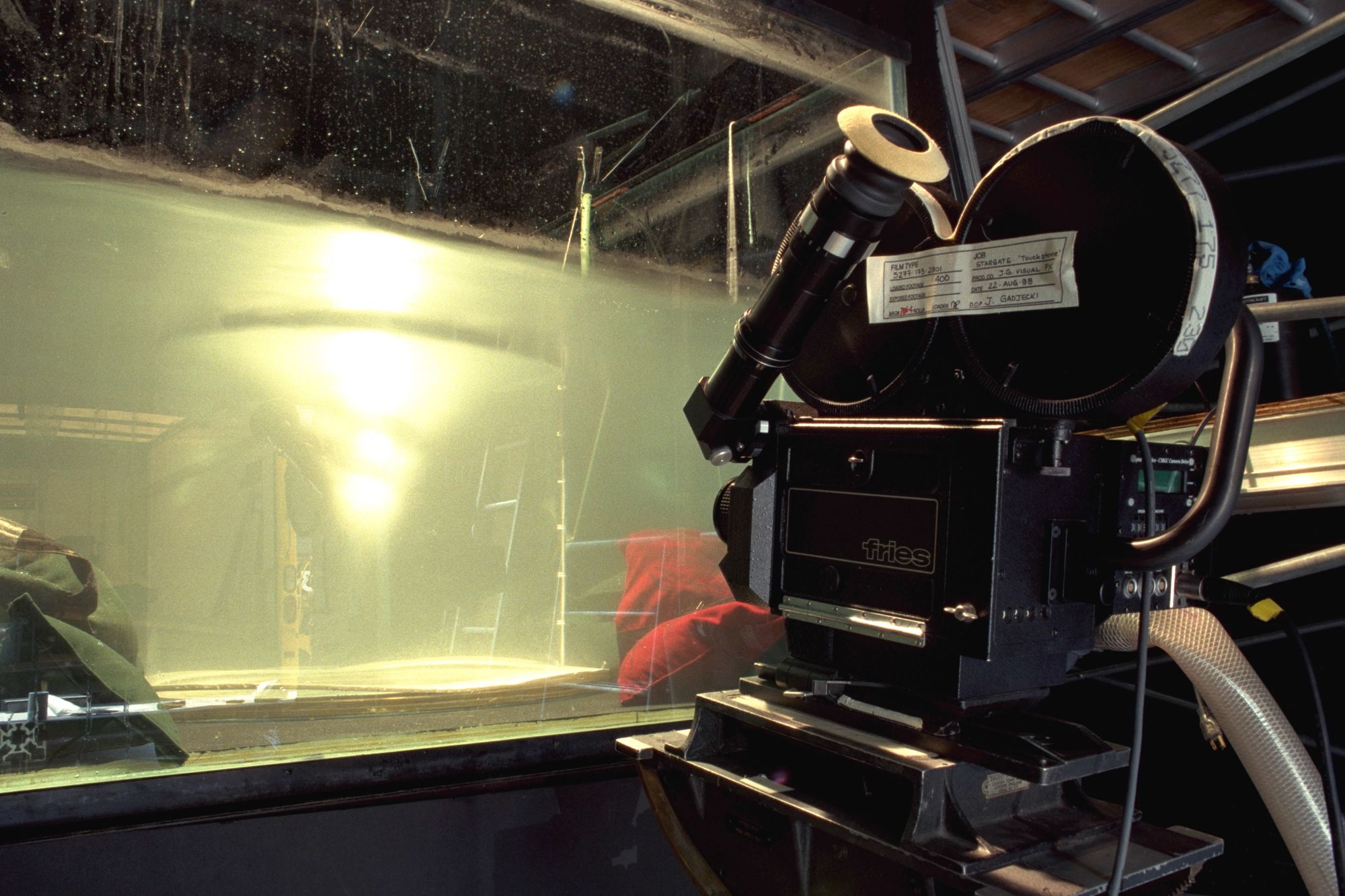
However, whilst the thunderous funnel of water could be successfully ported from big screen to small, the whirlpool effect on the 1994 Stargate as the kawoosh is pulled back into the Gate was beyond the means of its 1997 counterpart
“After the water went back [in the movie kawoosh], there was that swirly thing on the other side. And it was decided between [co-creators] Brad [Wright] and Jonathan [Glassner] and us, that we weren’t going to do that. It was just a whole ‘nother complexity that we really couldn’t afford. So we got the kawoosh part coming out and then it would sort of settle down and then turn into the water ripples. The water ripples we did in [the 3D design software] Maya, which was called Alias at the time.
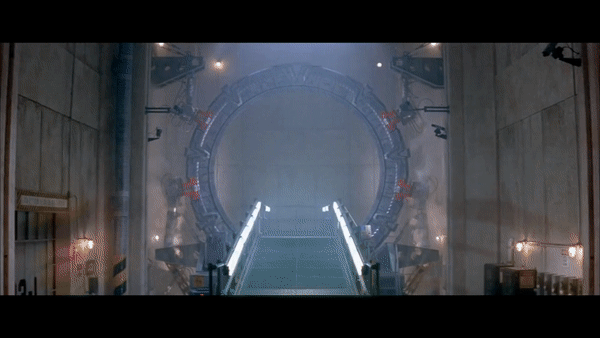
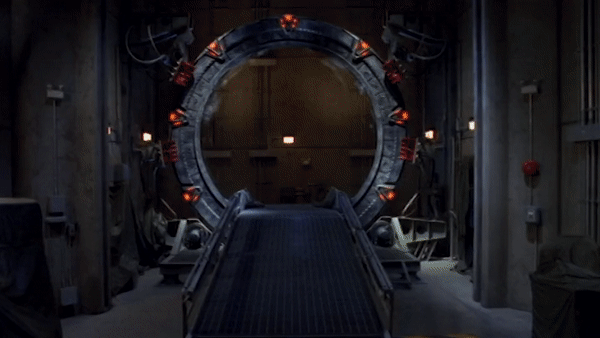
“Then, as people passed through [the Stargate] we’d need ripples to come out from that point where they disappear, and the way the software worked at the time, is that you could only have three ripples. That’s all you could have. So when you watch the early episodes they go through and these three ripples would come out, and then you’d either have to cut away, or we have to find a way to then render that, go back, and then add more ripples on top of it. It was so difficult.
“My company was on [the show] but there were also other vendors working on it [and] they all had to be able to do this and one of the other companies had a very hard time figuring it out. So we were ‘encouraged’, very strongly by the studio, to do a phone call and explain to them how to do this stuff. My guys were pissed, but we did it because I was [the] supervisor for the show, not just for my company, and I was perfectly fair. But it’s very unusual to have one company explain to another, how to create something.”
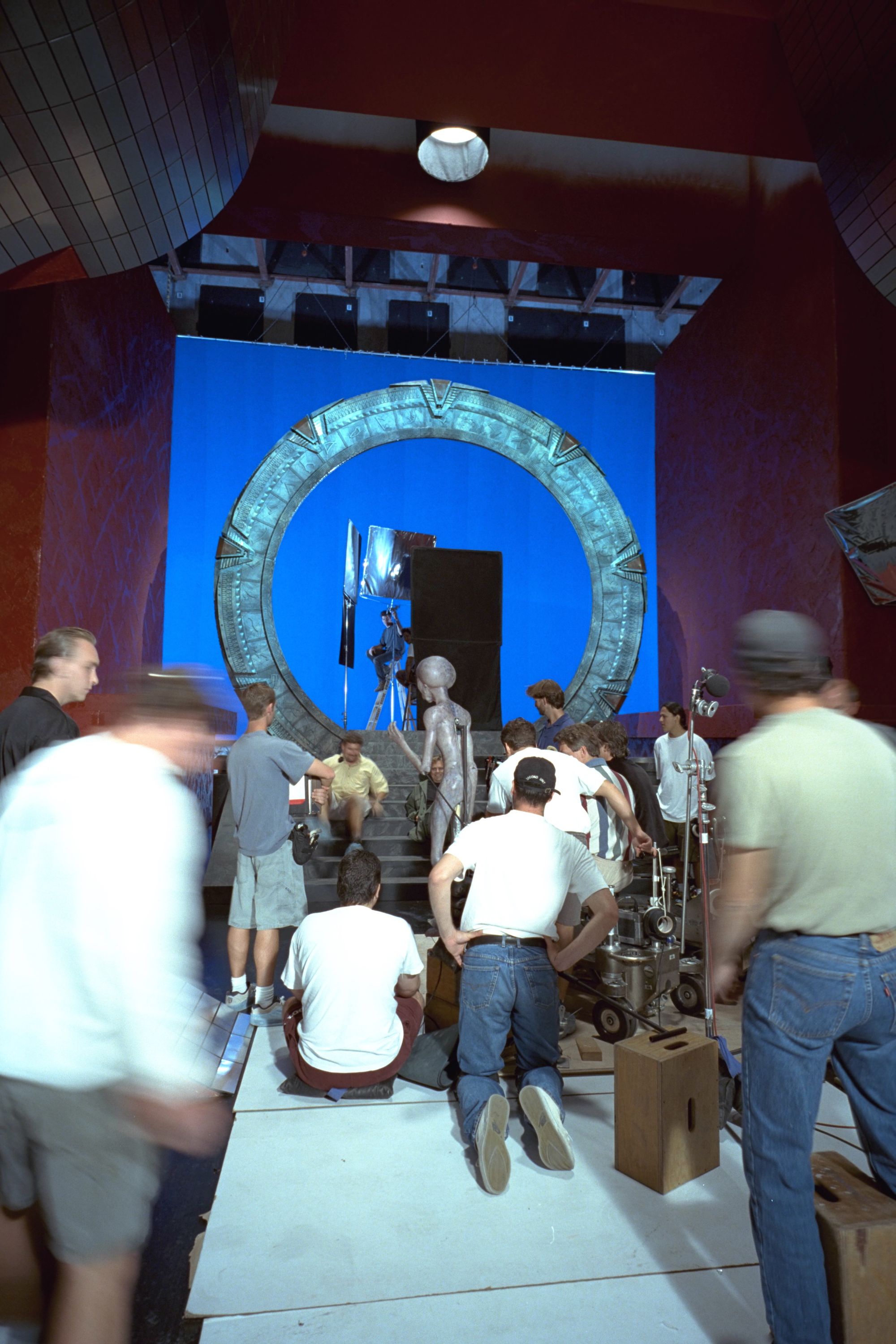
Four angles were shot for the kawoosh, which obviously limited directors to four angles for their scenes, and whilst the director in a TV show like Stargate SG-1 is typically a hired gun, their patience can run a bit short when visual effects people start dictating cinematography. It was an obvious source of friction and one that Gadjecki tried to be pragmatic about.
“I remember stalking the Gate room and saying, ‘Okay, you guys need to choose where you’re going to do these Gate shots because we’re going to shoot models. Back in those days, you couldn’t do a lot of perspective-shifting with it. So, we chose four angles and we shot the Gates in those four angles and the plan was that you would, you know you would be able to line them up and in post[-production] just whistle them through and there’d be nothing to it didn’t really work out that way it was a little more difficult than we thought.
“The directors had to be on side, and if the directors didn’t want to do that, it’s like, ‘Well, rah, blah, blah, I want this,’ and we’ll all go, ‘Well, that’s really great. That’s a really good angle, I think we may or may not be able to do it. Why don’t you shoot one from this angle, too?’ And we’d make sure that we’re covered.
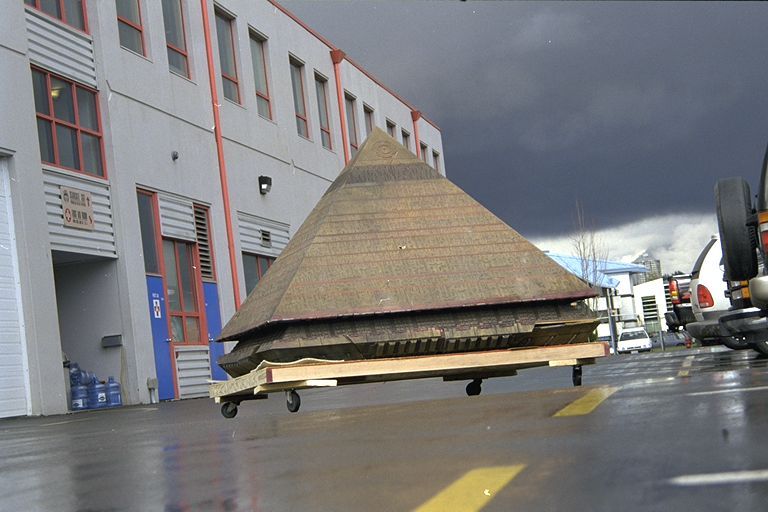
The Challenge of Offworld Stargates
Canonically, the Ancients established the Stargate network across countless worlds so whilst those would all be different the gates would not. There are a couple of challenges in there, both of which Gajdecki was instrumental in helping the show solve.
The good news first. The uniform aesthetic of both the Ancients’ equipment and the Goa’uld’s brazen stealing of it gave the show a solid visual foundation to build on. As long as there was a gate, it was expected to look a certain way and it was expected to kawoosh. A ‘main’ Gate remained on set at Stargate Command, while a modular ‘traveling Gate’ could be set up anywhere. As is often the case, convenience comes at the expense of sophistication.
“It didn’t spin,” says Gajdecki. “This was a set piece that traveled, and it couldn’t spin. I don’t even know if it lit up. I’m sure it did because you’ve got power going to it. In fact, you can see there’s a little door in the back where you crawl in to wire everything up. The art department would have to go in the day before [the shoot].”
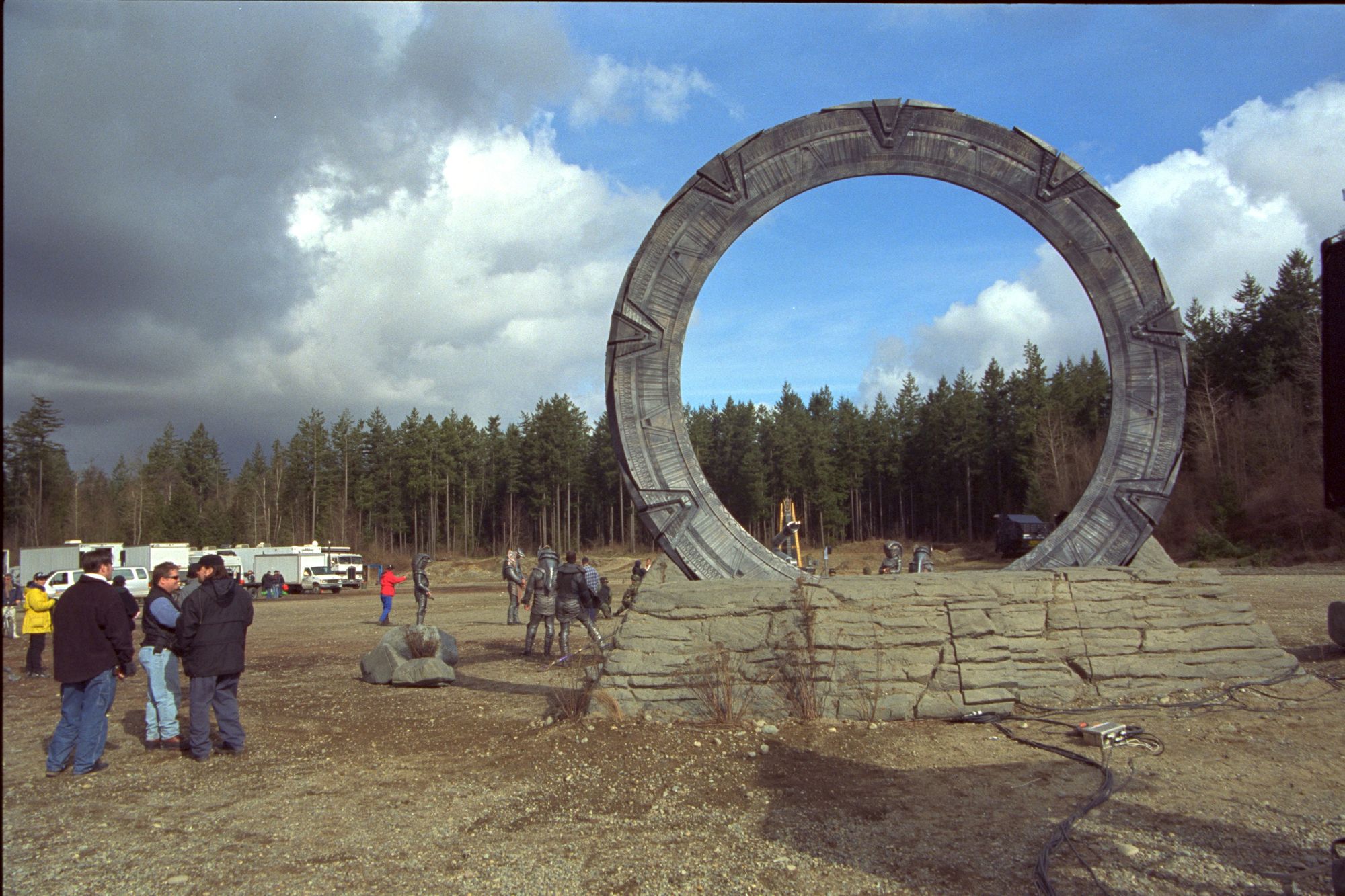
Creating Alien Worlds for Stargate SG-1
Very early on it became clear that the ambition of Stargate SG-1 had outgrown Roland Emmerich’s movie in terms of scale. To depict the desert world of Abydos, the movie was shot in Arizona, which was gravy because it was a movie with a USD$55million budget, and they were only showing one landscape. Stargate SG-1 returned to Abydos in the pilot episode ‘Children of the Gods’ (S1, Ep1), and then as a bonus took us to Chulak, which was heavily forested. Stargate SG-1‘s second episode ‘The Enemy Within’ (S1, Ep2) was set on Earth, and then the third episode ‘Emancipation’ (S1, Ep3) takes us to another strange new world, Simarka.
This was… heavily forested again.
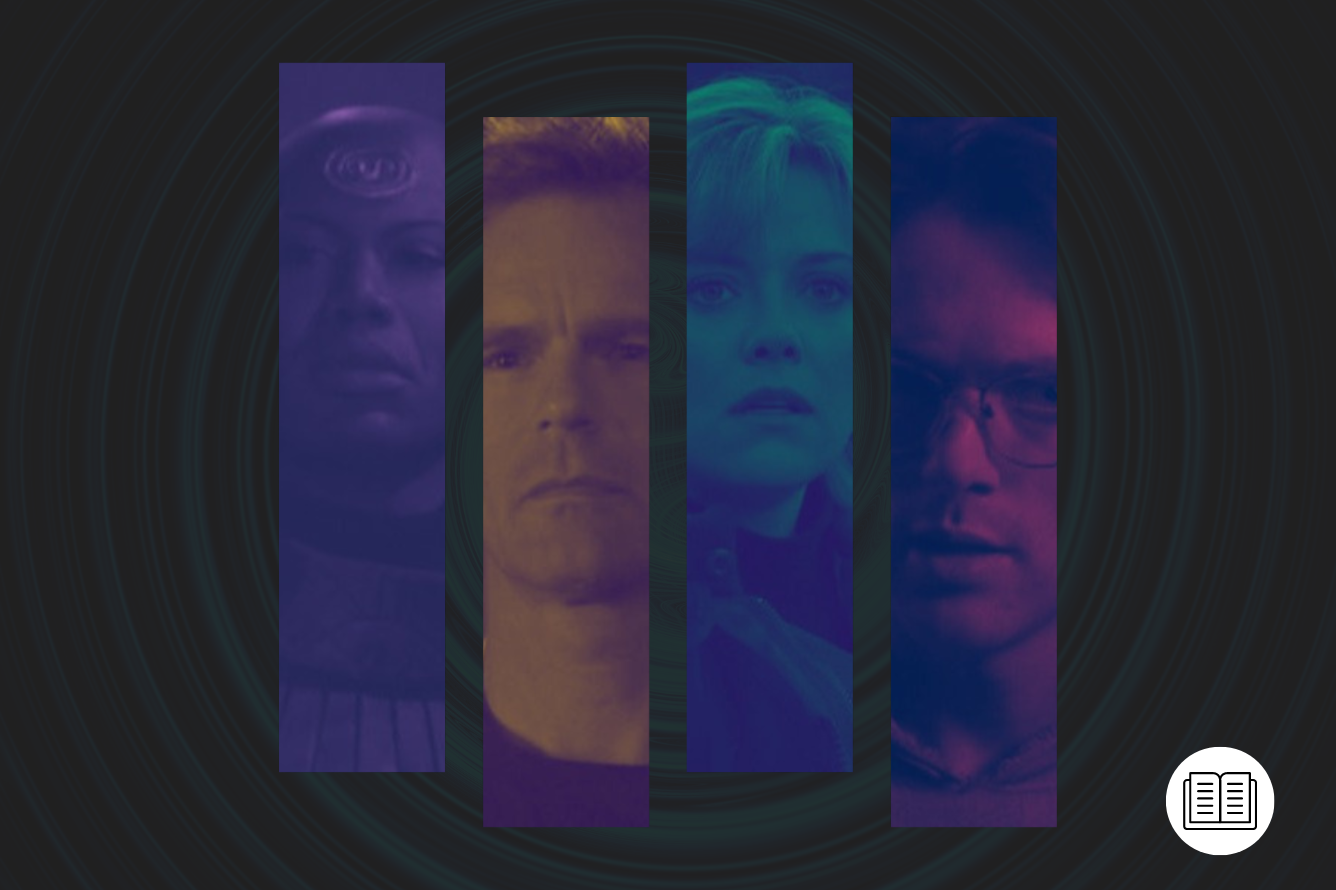
MGM’s Vice President of Physical Production Hudson Hickman made an intervention.
“After the third episode, he had to write an email to production and he basically said, ‘Can we not go to the rainy forest planet anymore?’ That’s Vancouver in the winter. It just rains here. People reacted way more strongly to his email than he expected. And it was actually one of those life lessons because email was new at the time. It’s like, ‘Okay, people will always interpret your email more negatively than you mean it,’ but fundamentally, he was right, episode one, episode two, we’re always outside, always in the rain, because that was the weather at the time. And so we really started struggling to create locations that were not just in the forest.”
The pressure to escape from off-world British Columbia resulted in one of the most visually arresting locations from Stargate SG-1′s first season – P3X-562 in ‘Cold Lazarus’ (S1, Ep7).
“Everything was yellow,” recalls Gajdecki. “It was this bizarre yellow planet, and we were filming in these huge sulfur pits that they have down by the docks. It was such a sunny day that everybody was sweating and the sulfur you’d walk in would kick up and get on your face and then your beads of sweat would just drop into your eyes… they had lots of people there to take care of us.
“It was brutal on the crew. I had these glasses that I had bought with foam around them that just stuck to my eyes so that I wouldn’t get anything. But now it was cool. That was a hard day, but it looks really good.”
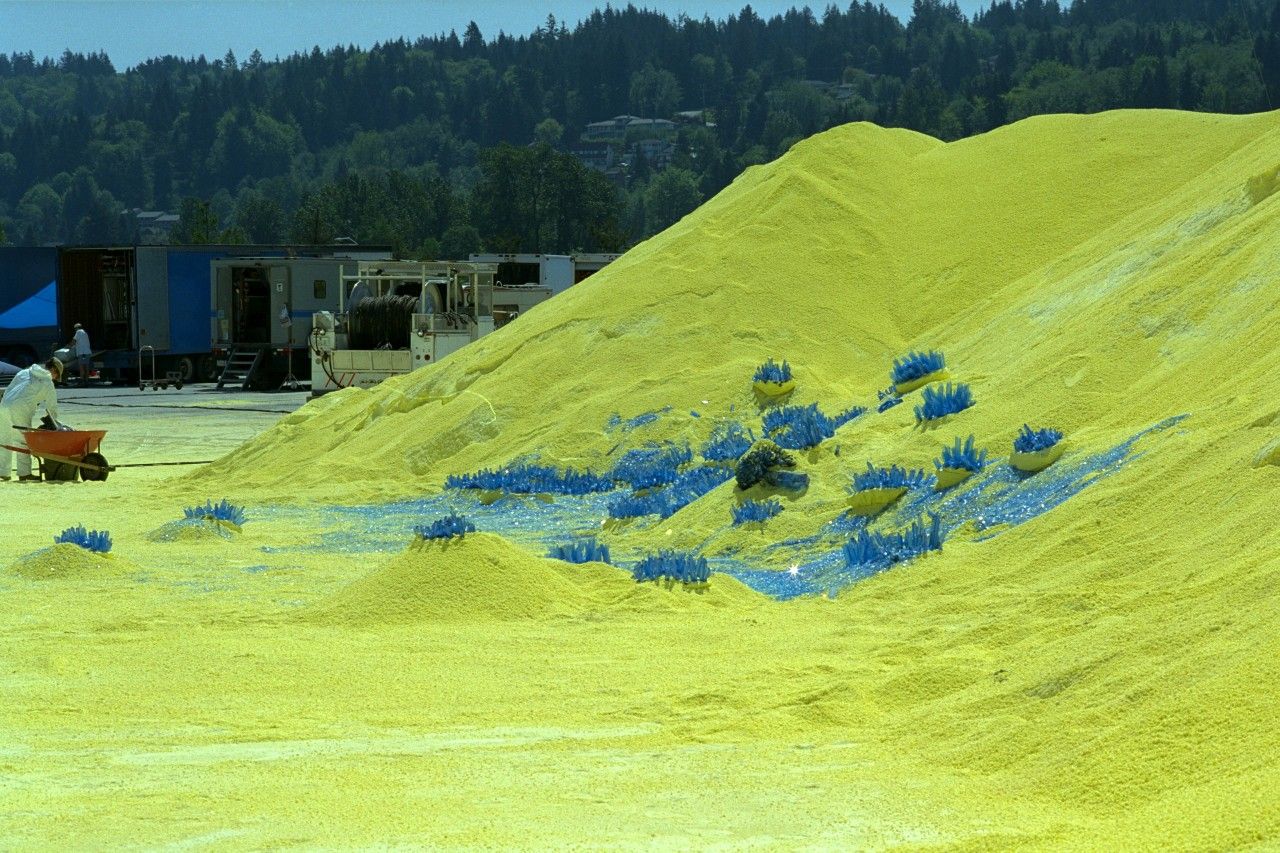
Some VFX challenges were rather more human, especially in the first season when the show had yet to establish its mythos and Gajdecki recalls a bizarre exchange in the making of the Stargate SG-1 episode ‘Brief Candle’ (S1, Ep9):
“We’re on a planet, there’re these Greek temple things, but they have people on the outside of the temples and I remember working with the artist on those shots, and I said, ‘Okay, you know, we’re on a planet. And it’s like they’re Greek temples.’ Sheila’s designs had these marble figures on the roofs of the temple. So, you know, this guy is doing the matte painting, and he’s a really good matte painter, he’s building these things, and they’re looking really great, but he hasn’t put the people on the temples. It’s like two weeks until we deliver and I say, ‘How are we doing with those figures on the temples?’ – ‘Well, the Greeks wouldn’t put figures on their temples.’ I said, ‘Well, yes, you’re right, but, but we’re in space. See? And it’s not really the Greeks.’ He just said, ‘Okay, okay.’
“A couple of days go by, and I get the next version, the figures aren’t there. I phoned him up and go, ‘Hey, you know…’ He’s like, ‘Well, I really feel strongly about these, the Greeks wouldn’t put figures on their temples,’ and I’m like, ‘Ah, but we’re in space. And it’s not the Greeks, and just put the people on the temples.’ And he just wouldn’t do it.
“I don’t know if he eventually did it, and hated me because we would probably never work together. Or if he didn’t do it, and I had somebody else put them on.”
Opening Teal’c’s Horus Guard Helmet
The challenges of VFX on a show like Stargate SG-1 were constant. Gajdecki’s work, and attention to detail, extended all through his time on the show and his willingness to go the extra mile is everywhere in this period, most notably when Teal’c dons the armor of the Horus Guard in the Stargate SG-1 episode ‘Secrets’ (S2, Ep9). The morphing effect on the Horus Guard helmets is one of the most thrilling effects shots in the Stargate movie, so replicating that on their return proved tempting but – as Jeff Kleiser and Ed Kramer recall in CGI Fridays – was challenging for a big-budget movie, let alone a TV show.
Amazingly, the decision to try and replicate that shot was made at the last minute.
“If you look at it,” – John pulls up footage of Teal’c without his helmet – “So that’s what we shot on set and he was just going to be talking like that. And then they said why, well, don’t we put a helmet on him? I think they were going to cut away from the helmet because the prosthetic guys built a rubber helmet that could open but it didn’t have any of this articulation. I said, ‘Well let us try.’ If you look at this [scene], every single piece is flat. In other words, everyone’s moving straight down, or they’re moving to the side.
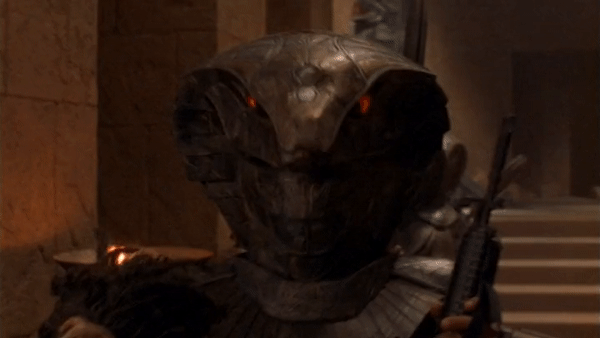
“All we did is we took the artwork of the helmet, we cut it up and then slid the pieces because we didn’t have the budget to do a full 3D helmet – in those days that was a big deal. We did it as 2D elements, based on what we had seen in the movie. Matthew Calvit Kelly was the artist, and it was one of those nights where: ‘Hey they’ve made up this shot and I think they need it tomorrow and I think you and I are staying all night.’ I don’t think he was totally happy about that. But he did. And we stayed really, really late and we cut it up into pieces and animated it. We had it in the morning and for the time it was really successful.
“I don’t know if you can see it,” he adds, “but you can see these raster lines. here because the resolution of the image we worked at was 720 by 486. It was a low-res image.”
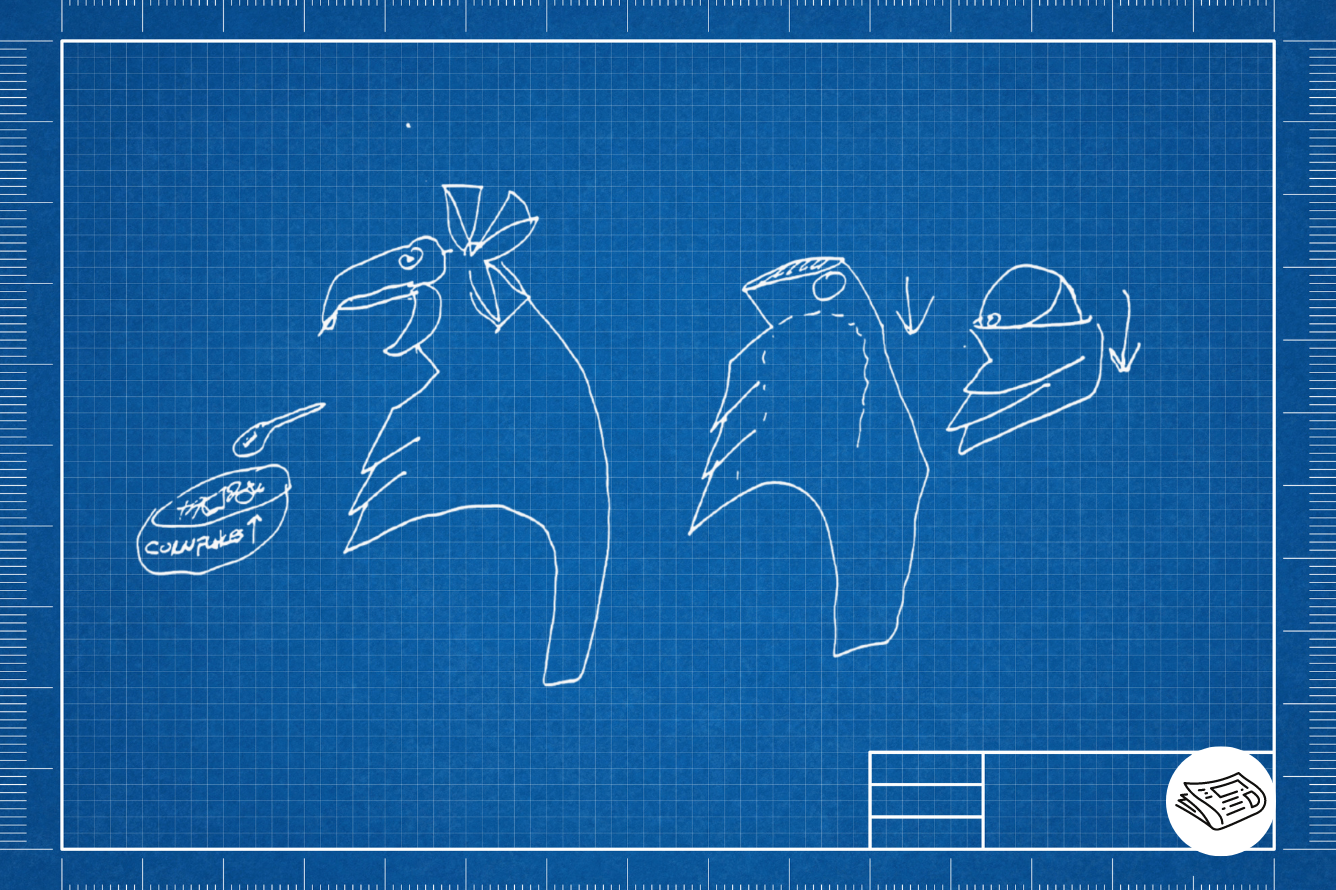
Why the Reetou are Really Invisible
The Stargate SG-1 episode ‘Show and Tell’ (S2, Ep20) is remembered primarily for the impact it had on the wider arc of Jack O’Neill – a setting to rest the last remnants of his haunted, self-destructive movie counterpart. The rest of the episode is about a militant faction of invisible insects, the Reetou, who have decided to wipe out the Goa’uld by eliminating their source of hosts – humanity.
“I remember talking to Brad, the showrunner, and I just said there’s no way we can afford to do this. It’s completely outside of our snack bracket. So we decided that the creatures were going to be invisible except when they had this light shone on them and that’s what made the episode actually cool and spooky.”
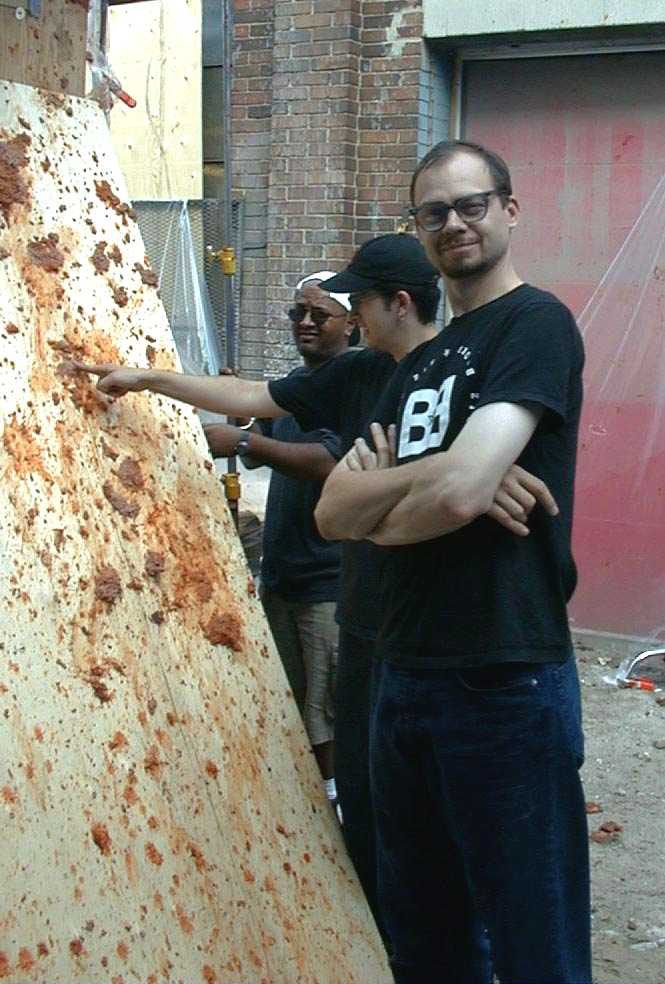
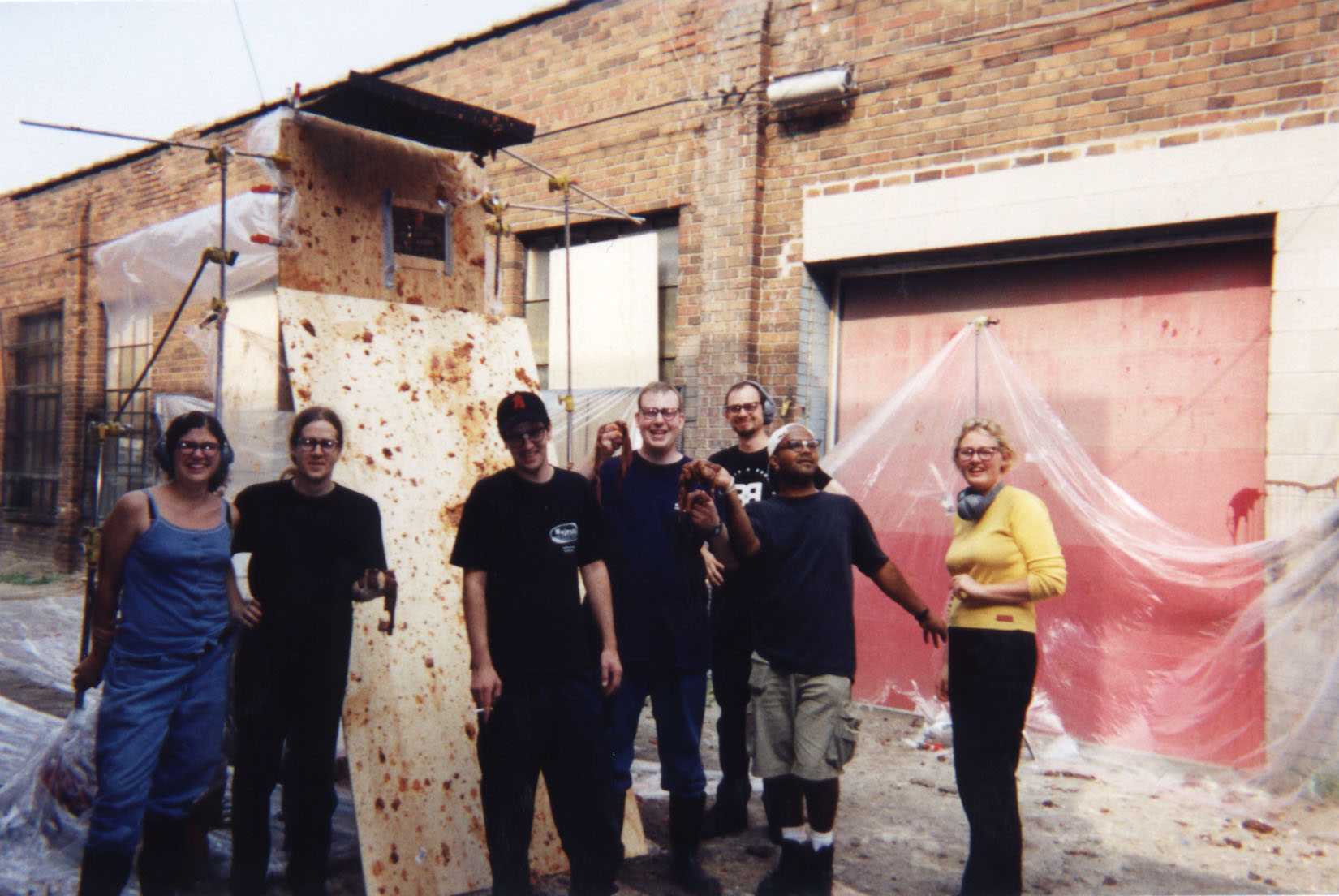
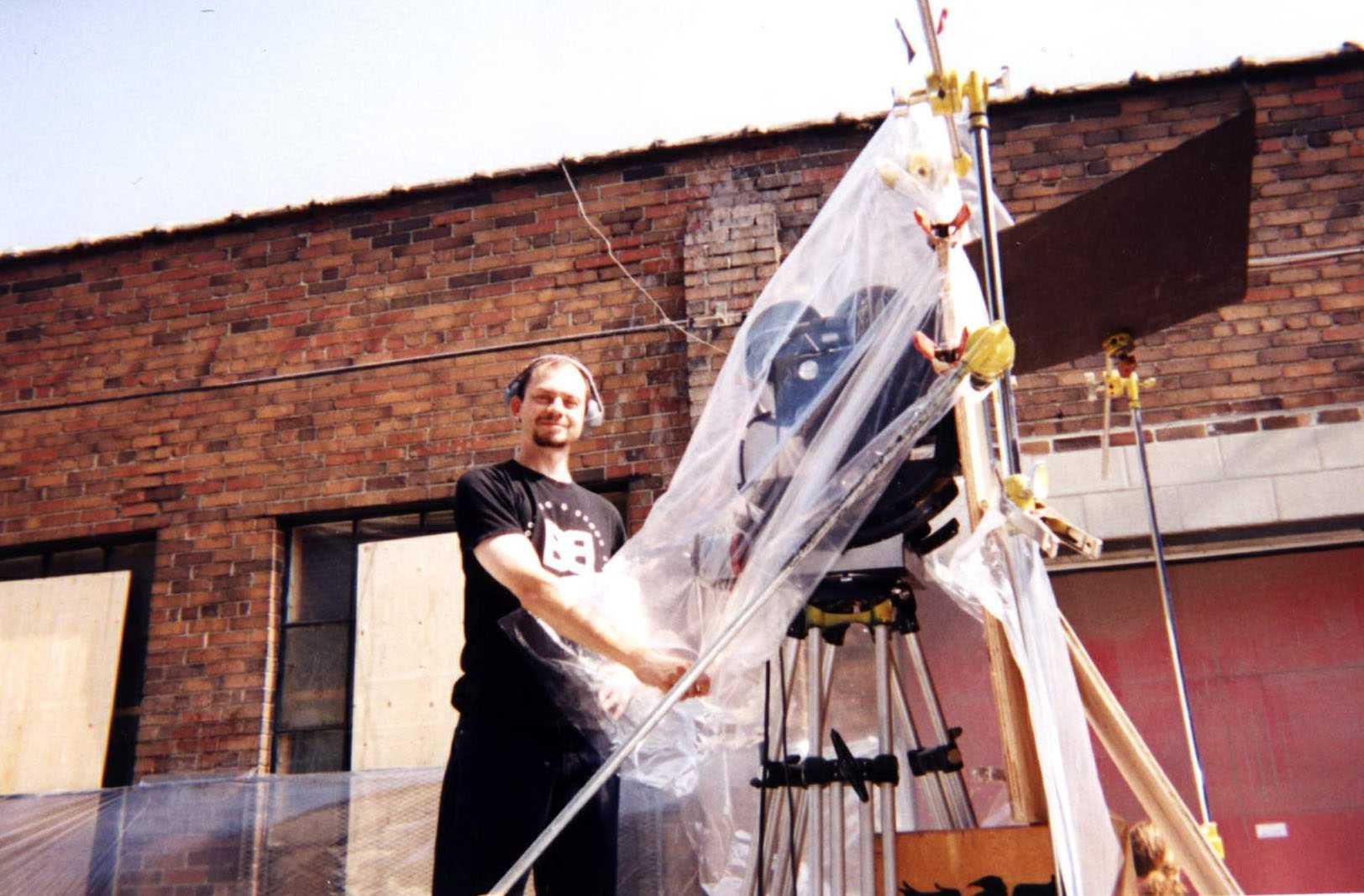
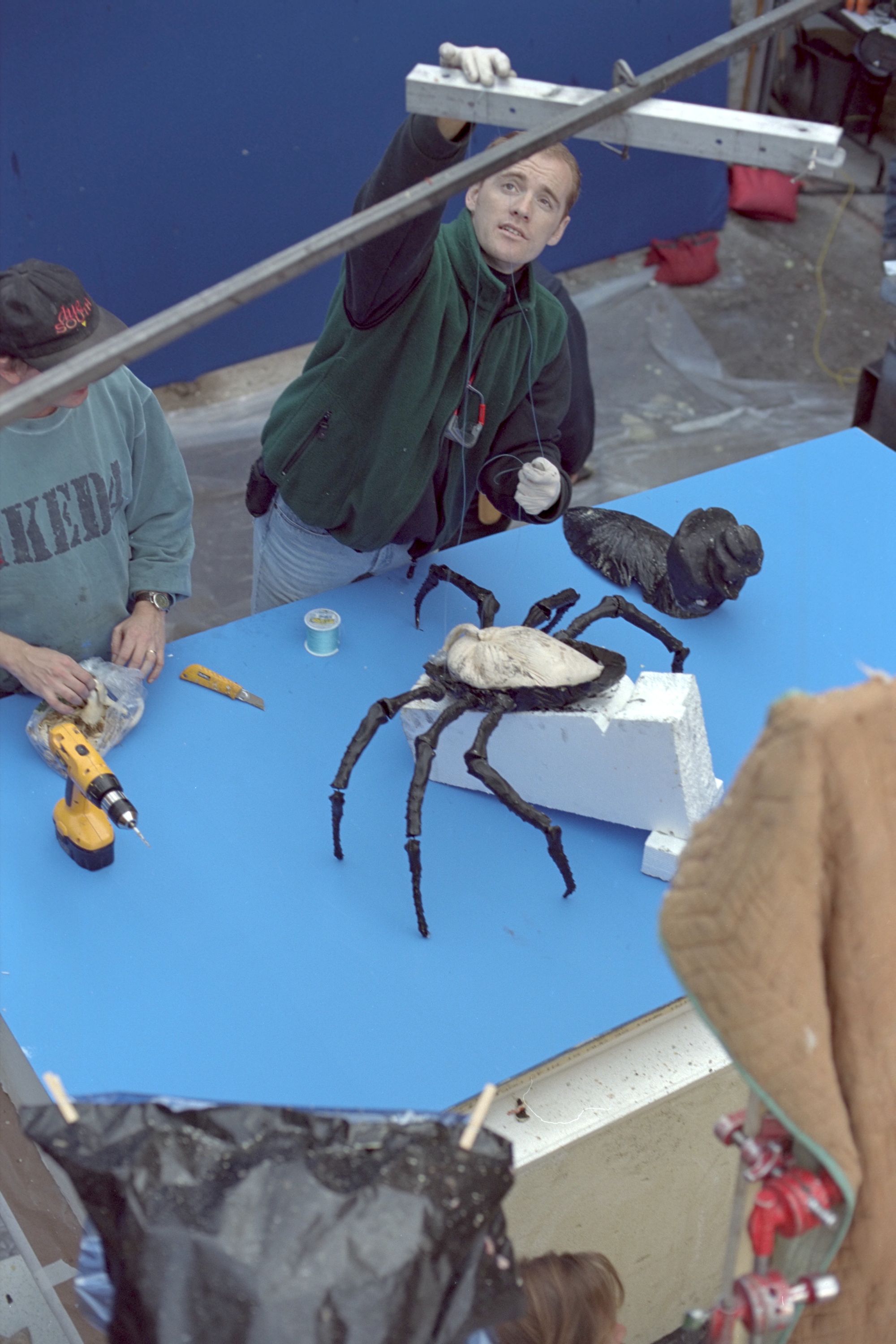
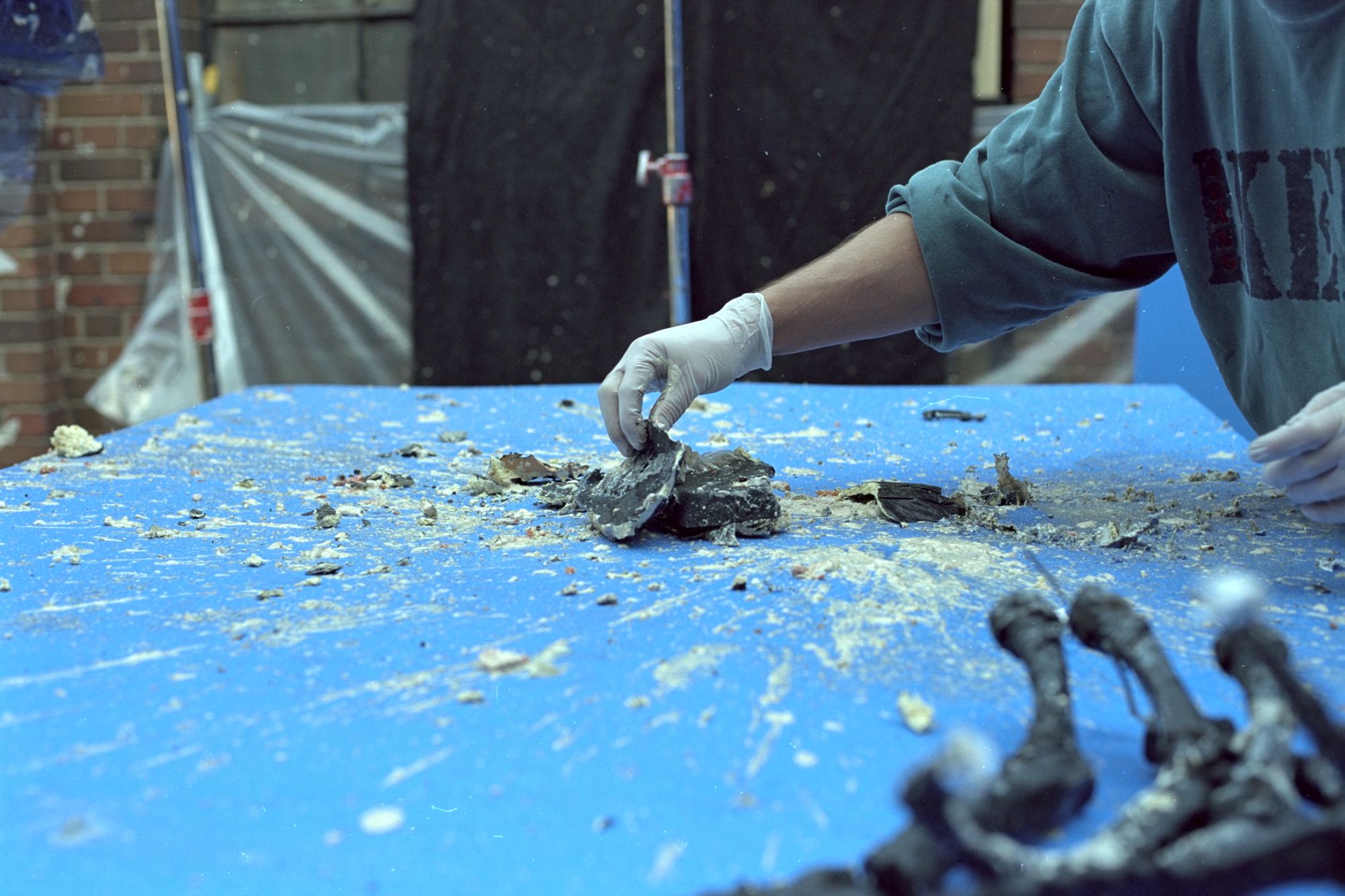
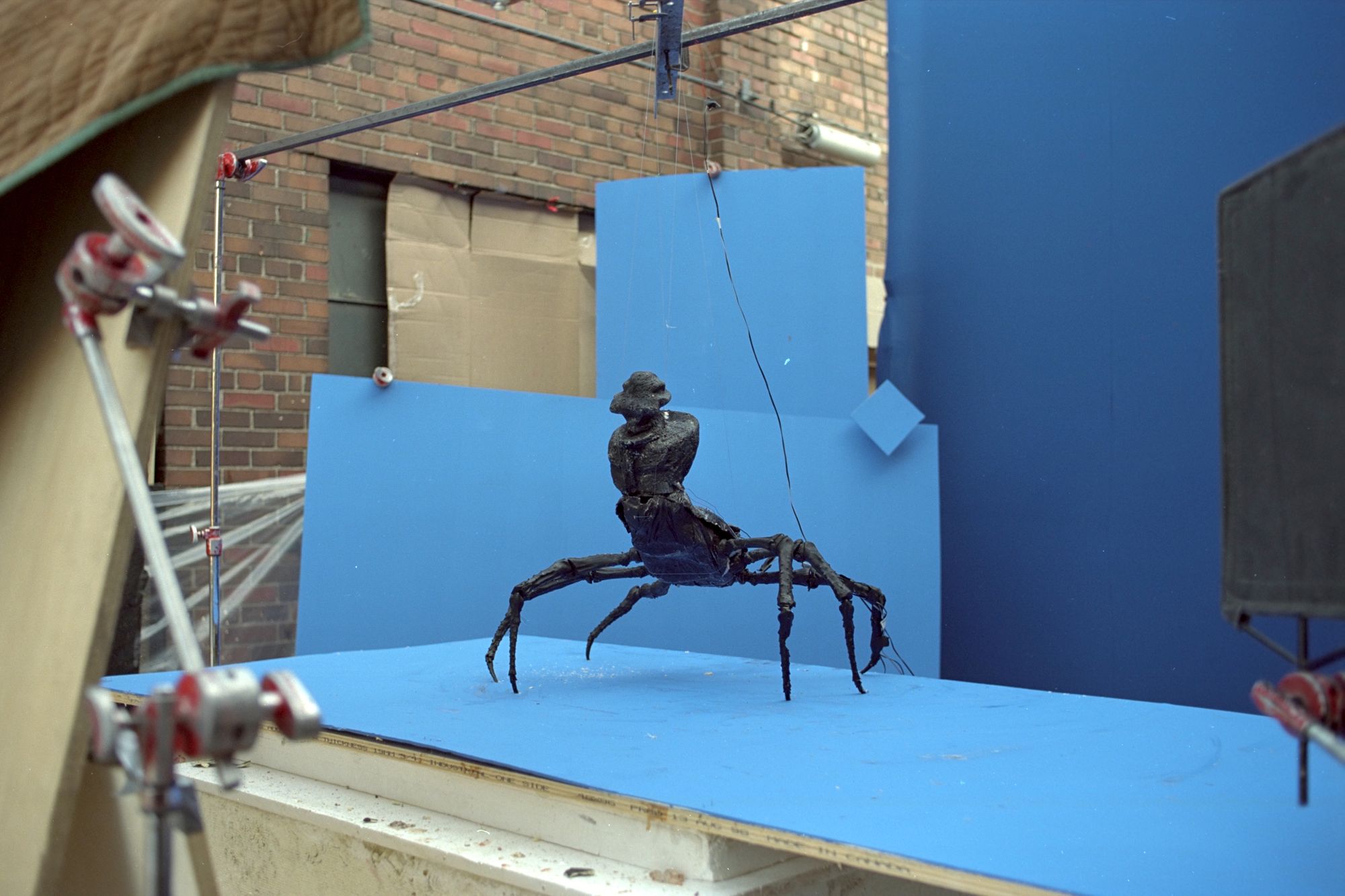
Death Glider Dog Fights
We wind up back where we began, with models. Gajdecki brings up footage of the Death Glider bay in the Stargate SG-1 episode ‘Within the Serpent’s Grasp’ (S1, Ep22), and points out the curious intersection between CGI, live-action, and miniature effects.
“CG wasn’t as powerful as it was now,” he explains. “And we needed to keep the CG resources available for the kawooshes or the Gate pass-throughs – the water ripples and all of that.
“You can see here some Death Gliders and some of these safety rail things – I’m sure there’s a noun for that – and what we did is we laid out tape on a blue screen stage for the path that [the actors] have to run. So we filmed the actors running. The ships themselves were miniatures that we shot motion control on green screen. So the set was CG and we laid it out to match the art department sketch. And then the models were shot – [the Death Gliders were] pretty good sized was about four feet across. So we filmed all these elements. It was just really fun. It was fun to be able to work on shows where you had the time and resources to do cool stuff.”
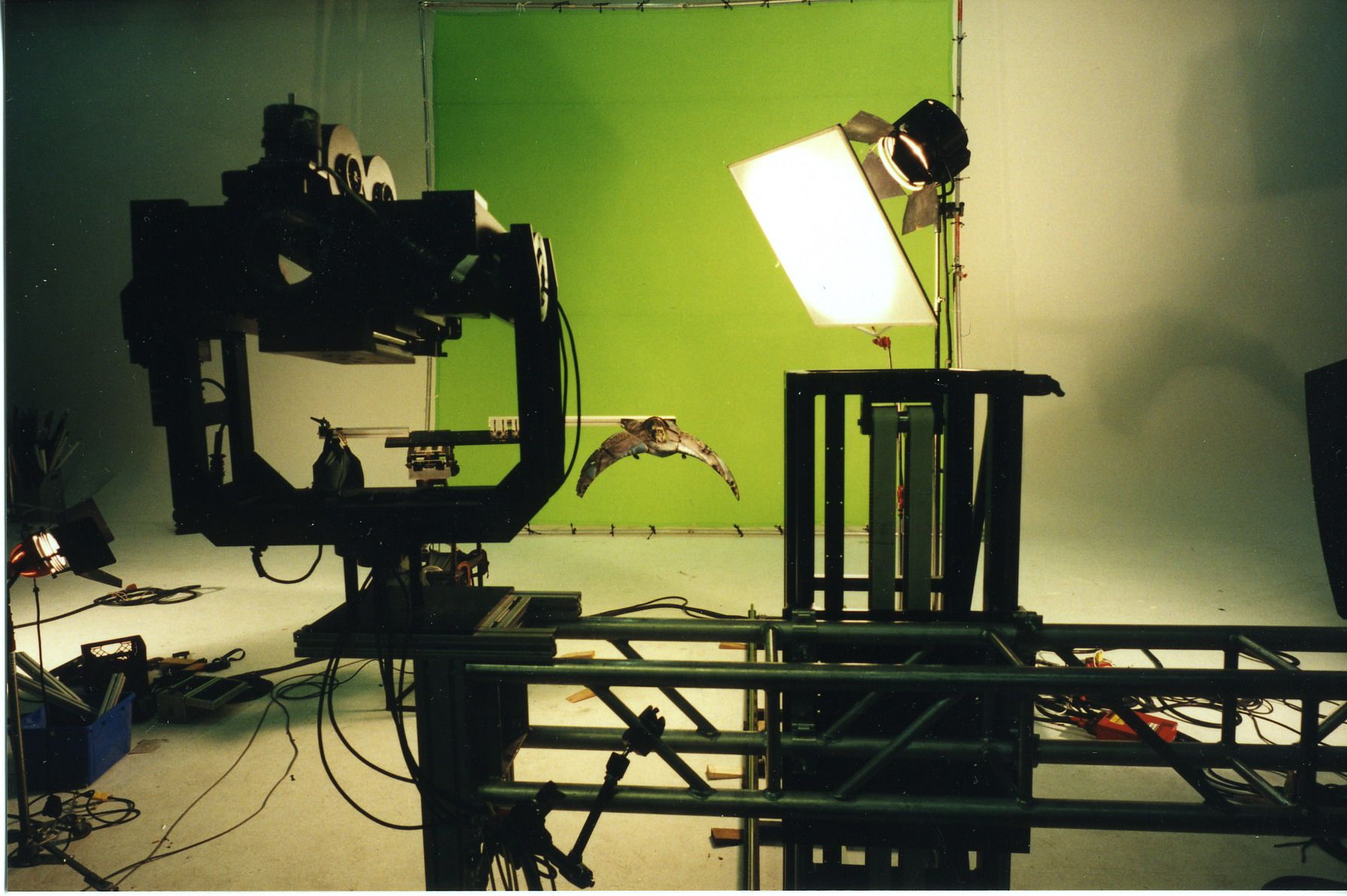
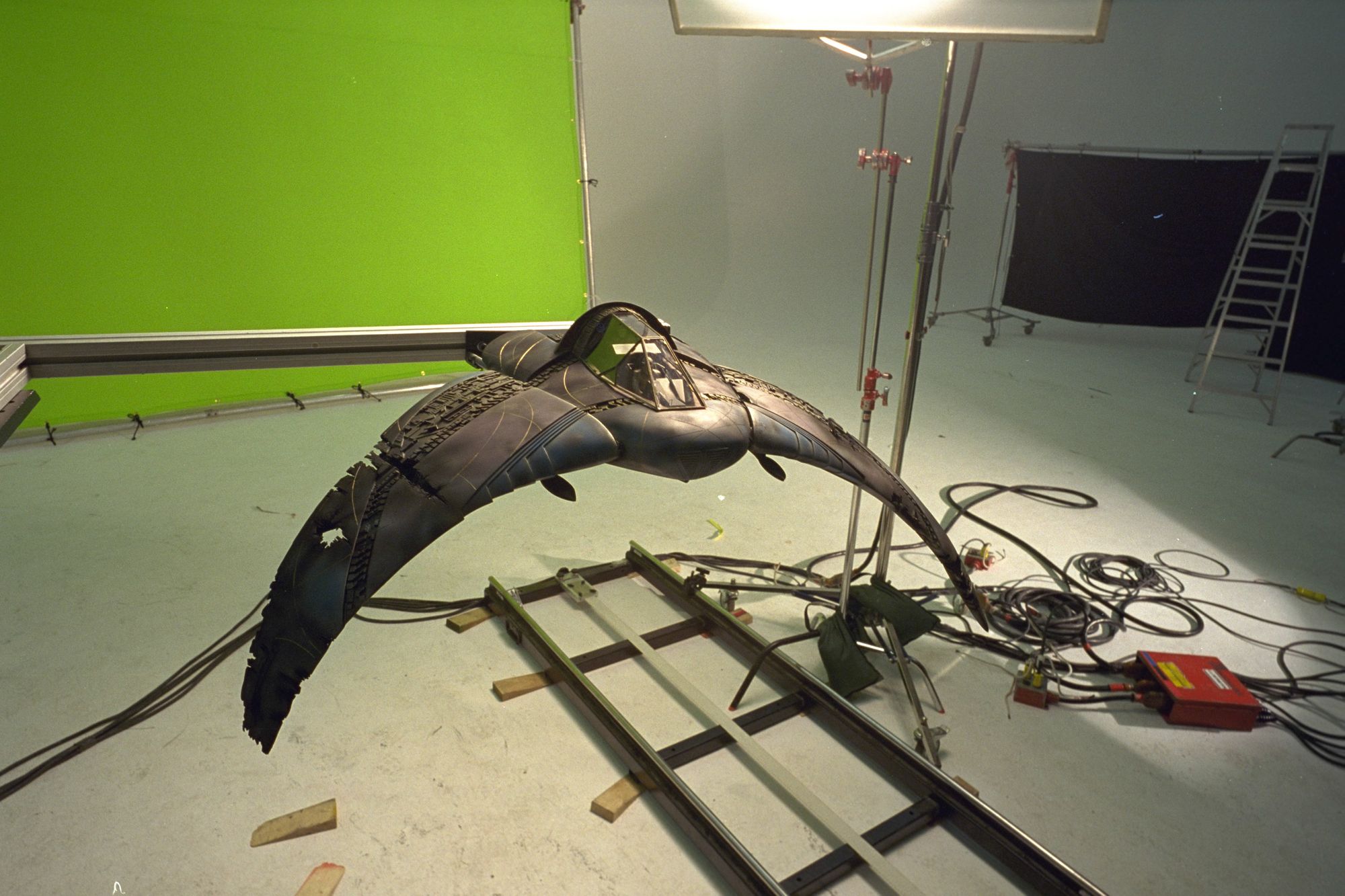
The motion control rig – a stalwart of science fiction in the 1980s and 1990s, it allowed the movement of a camera towards a model to be matched with a background – was as pragmatic as the company itself, counterbalanced with sandbags and held in place with C-clamps: “We just put it together, we put it together for the shoot, and then we unzip everything and put it away.”
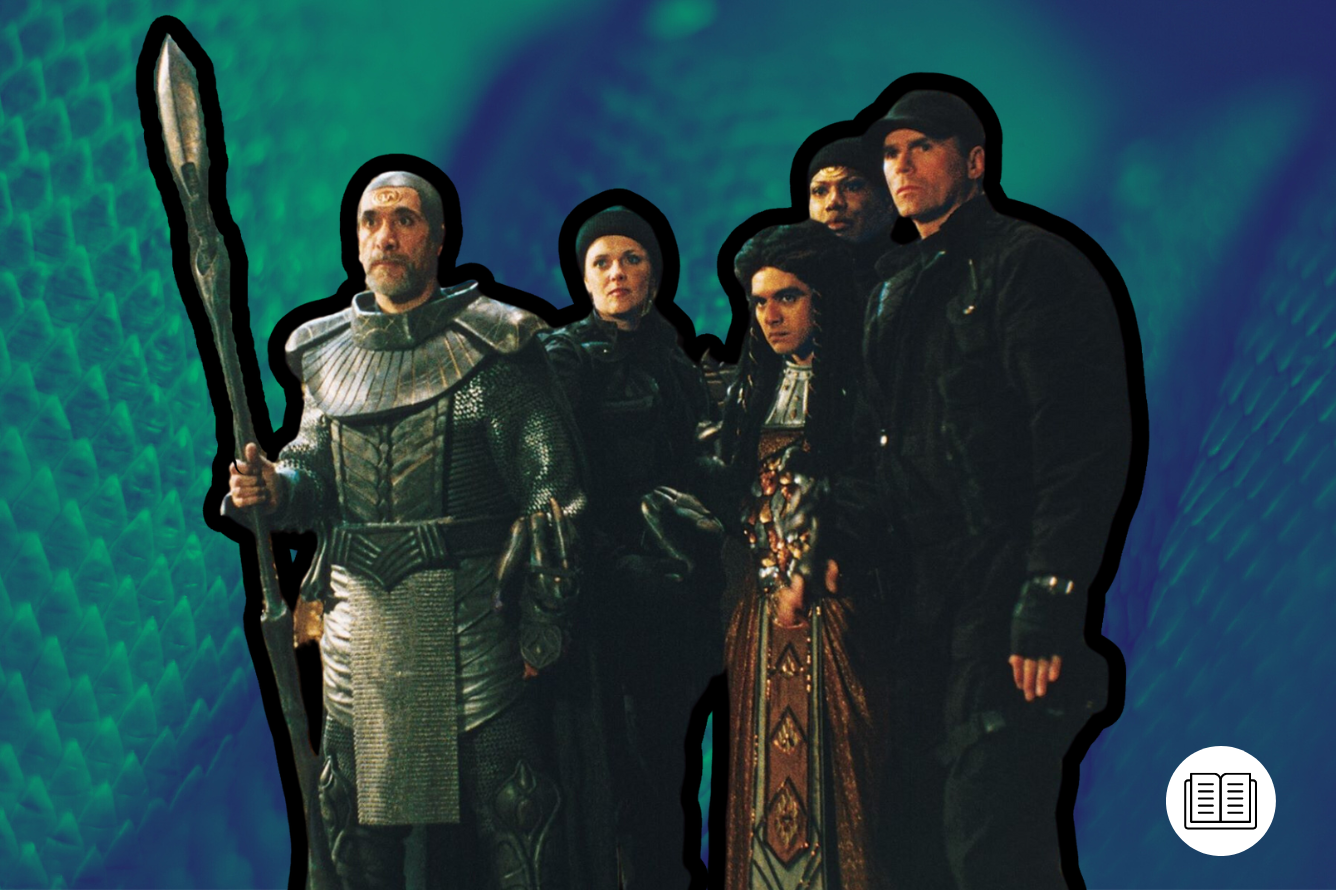
The typical Death Glider combat sequence consisted of “a physical model of the ship, filmed twice, an explosion that we filmed in our parking lot, and then some smoke elements that we would have filmed.”
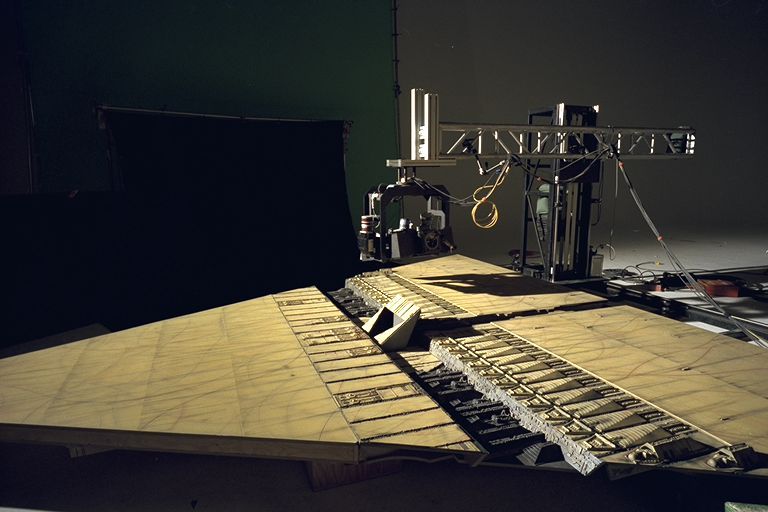
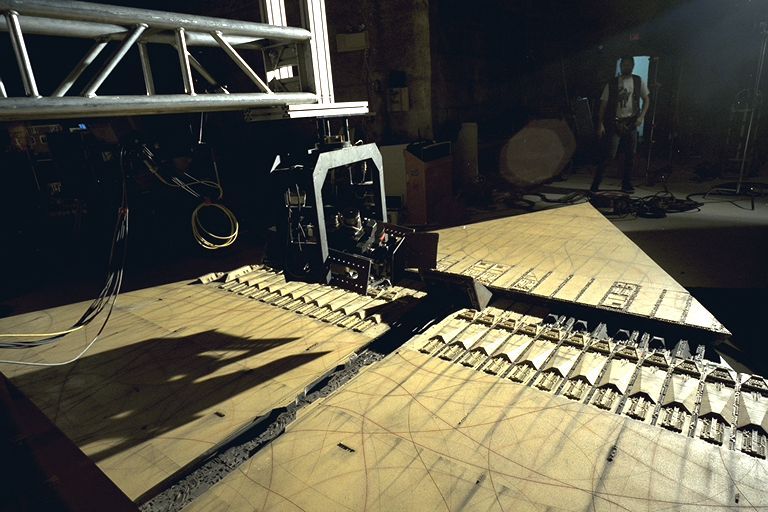
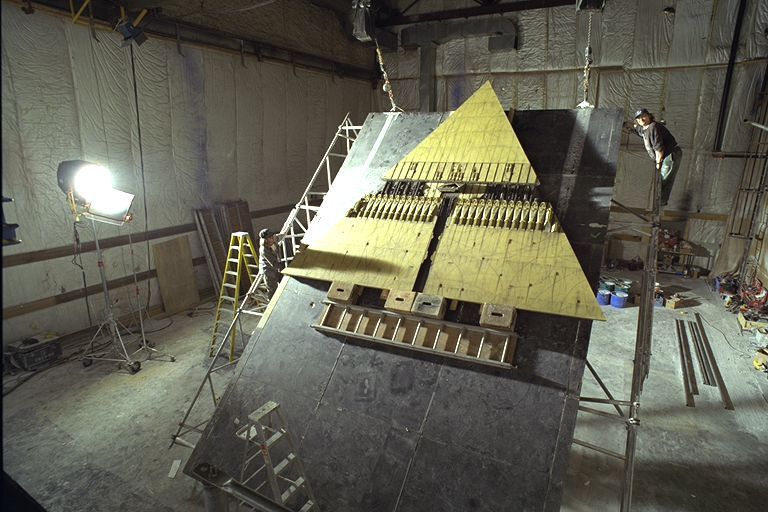
Pieces of burning debris that fly off the stricken ships were achieved with “a metal frame, just a randomly shaped metal frame with steel wool on it, a little motion control motor to spin it. And we’d film it like one frame a second click, click, click and the steel wool catches fire you attach a little nine-volt battery to it and it just burns in this really beautiful pattern. Film it in one frame a second and speed it up and you get this really neat shape.”
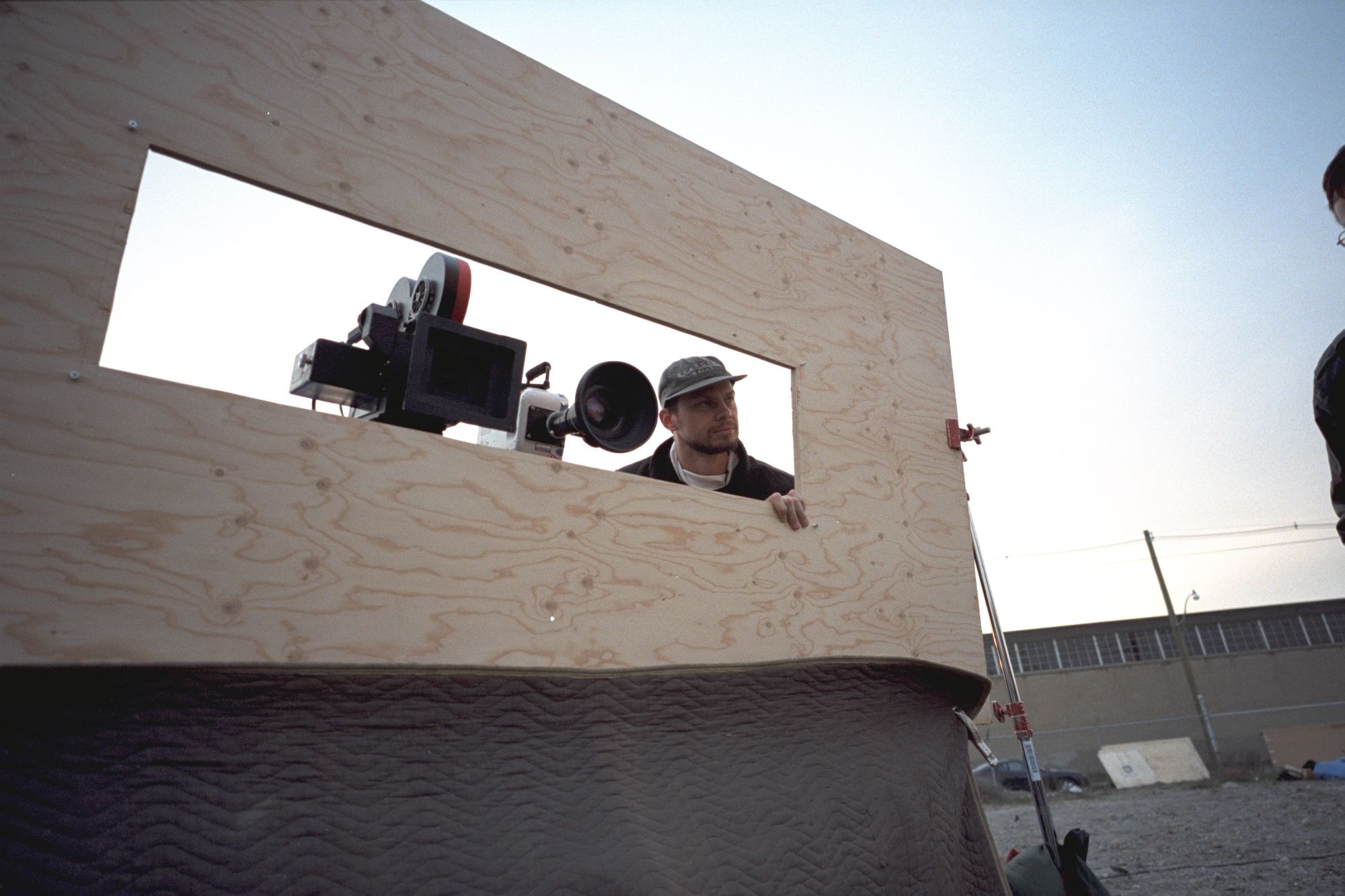
Destroying the Pyramid Ships in ‘The Serpent’s Lair’
For Season 2 opener ‘The Serpent’s Lair’ (S2, Ep1), John Gajdecki went big – space opera big. Two formidable Ha’tak capital ships are destroyed, sparing Earth from Goa’uld re-conquest. You can almost hear the boy who grew up transfixed by Space: 1999 squealing through the decades.
“We built giant models of these things, and we blew them up. We filmed them from the ground, we hung them from construction cranes. it was funny because we were filming in this field that we rented from the city and right beside us was this ship. And Oliver Stone was filming something on this ship. And they had lights that were so big, that we didn’t need to use many of ours, we were just using their spill lights. But of course, we were blowing stuff up which would mess with their sound.

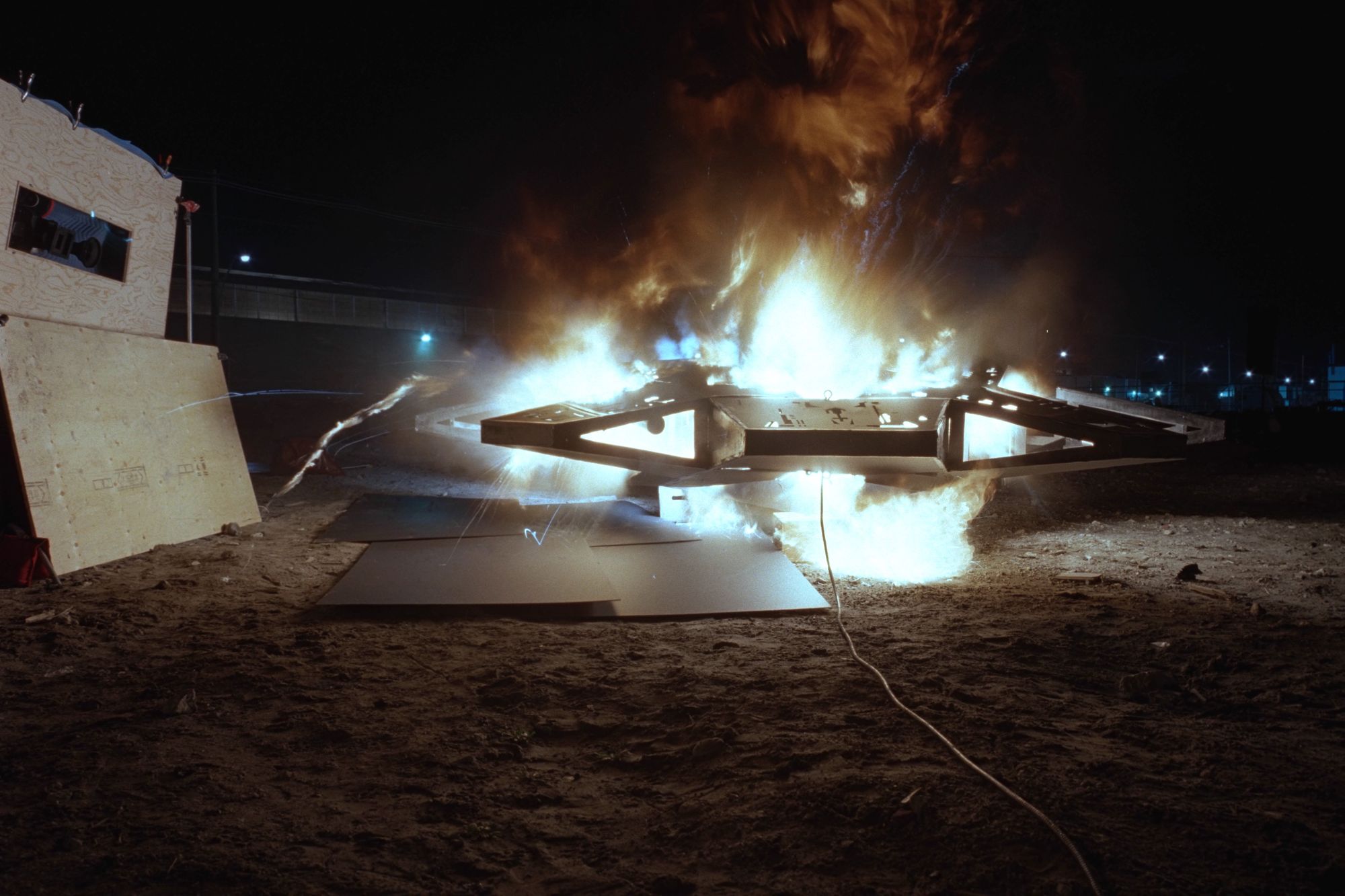
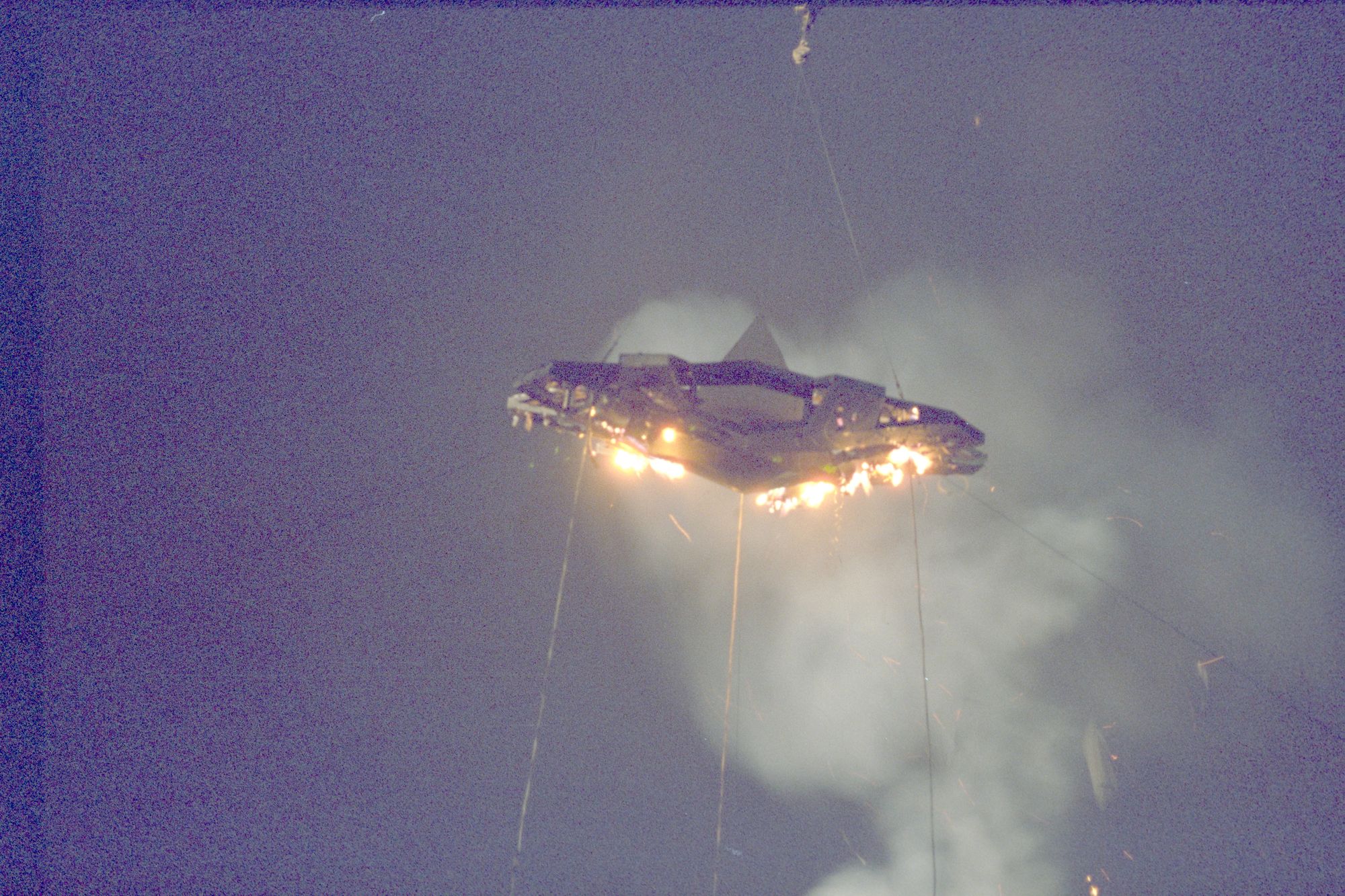
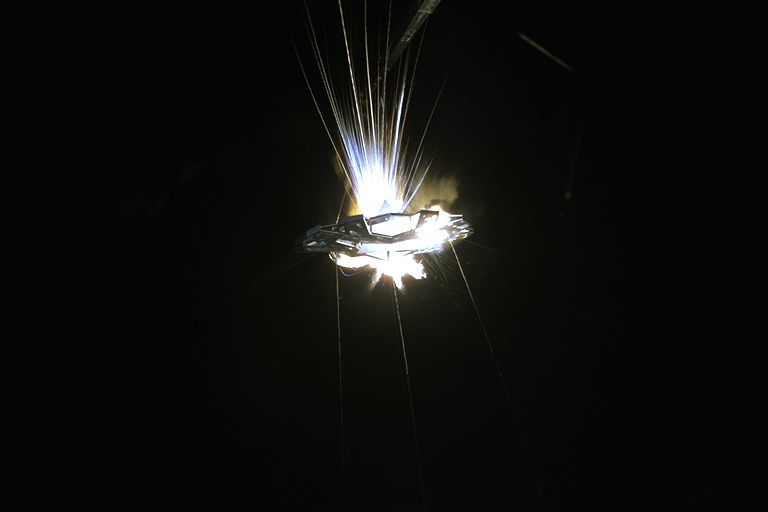
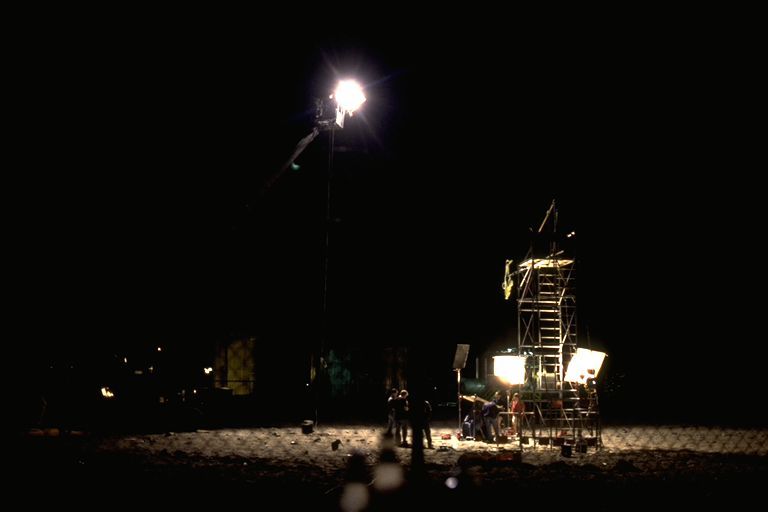
“They were lighting some things that were messing with our lights so we went over to talk to them. And we said, listen, ‘We’ll call you when we’re about to shoot.’ So when we were going to blow something up, they would stop shooting, and they’d come and watch on the side of their ship. And then when we were done, they would go back to filming whatever important project they were on.”
Gajdecki remains intensely active to this day and his style of VFX continues to define a new generation of TV shows. His willingness to experiment, his fondness for the practical, and his pragmatic eye have shaped a generation of genre shows and defined the look of the Stargate franchise since its TV inception. Reflecting on his career in VFX, Gajdecki remains in awe of this chaotic, challenging, and deeply creative period in his life.
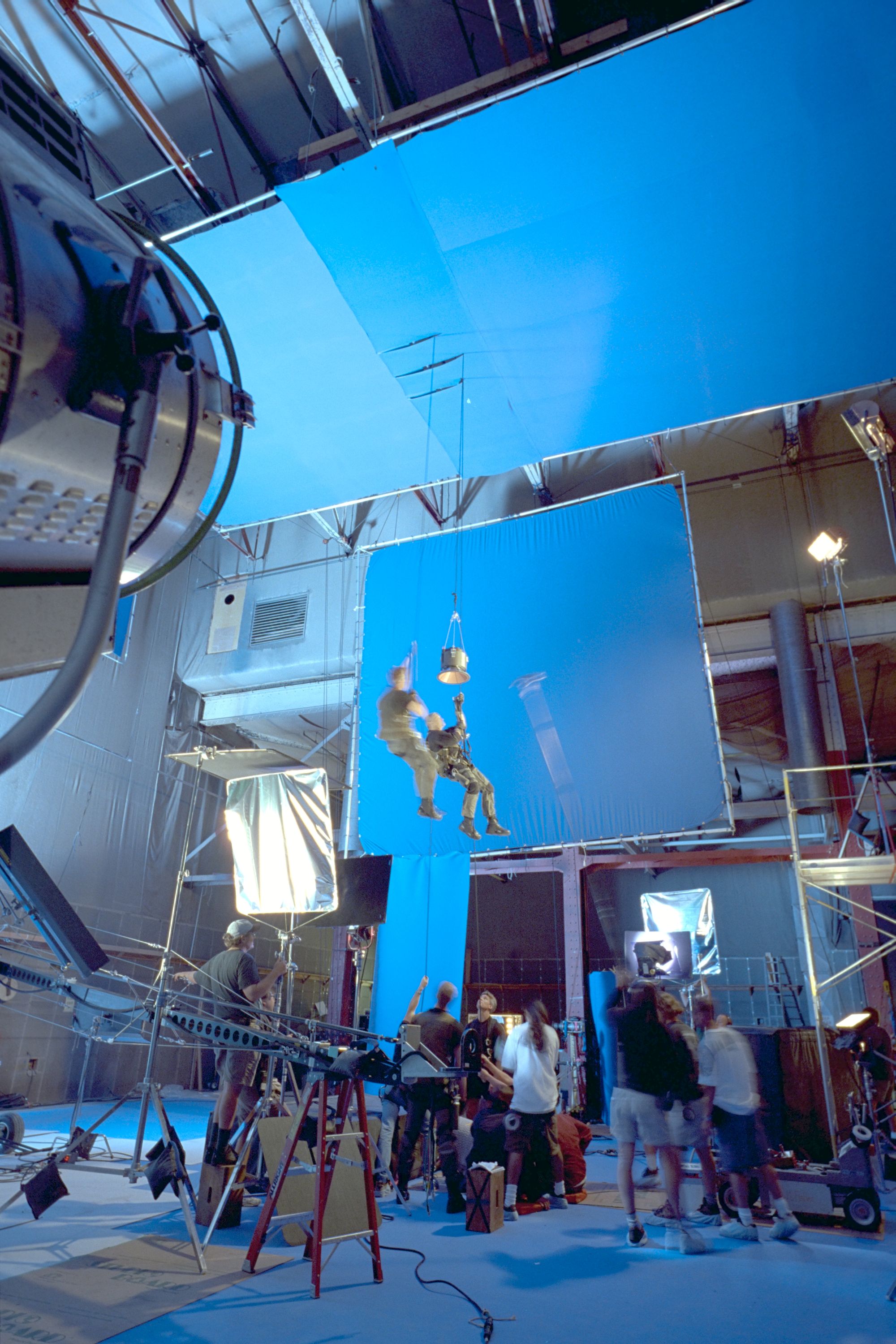
“I tended to do the pilots. I like working on the original. I like working on pilots. I like doing the design. I like working out the world and I like working out the processes. to me, that’s the fun stuff. Season 1 is hard, and we’re figuring stuff out and we’re trying to do it. Season 2, you’re really working it out. But by season 3, hopefully, it’s a smooth-running machine. Actually, by Season 2, hopefully, it’s a smooth-running machine. The smooth-running machine has almost no interest for me and I would leave and go on and do something else.
“I know that maybe Brad [Wright] and Jonathan [Glassner] were disappointed that I did that and I still feel bad about that, but I’m not going to learn as much. But the fans loved the show so much and supported the show so deeply that in the case of Stargate and it’s really the only – don’t tell anybody else – but it’s the only show where I do really regret not staying with it.”
This article was first published on October 23rd, 2020, and was updated on June 22nd, 2022 with extra material and images from the original interview.
The cost of your membership has allowed us to mentor new writers and allowed us to reflect the diversity of voices within fandom. None of this is possible without you. Thank you. 🙂






